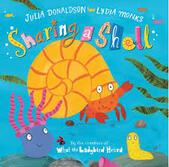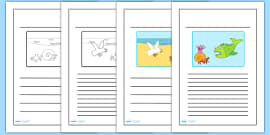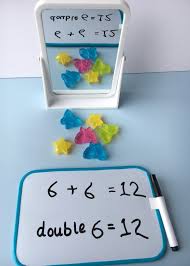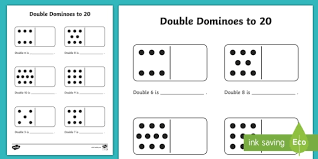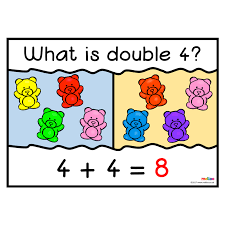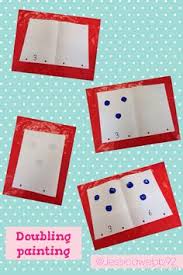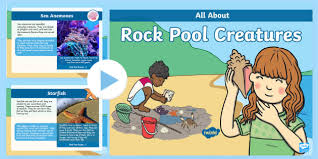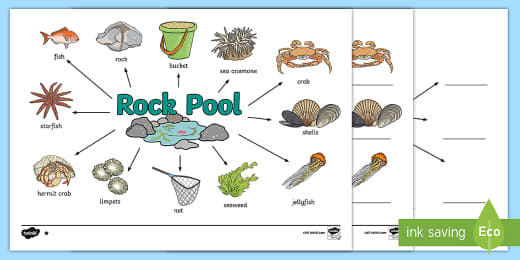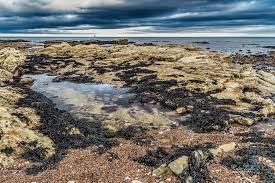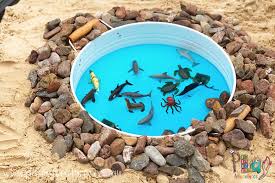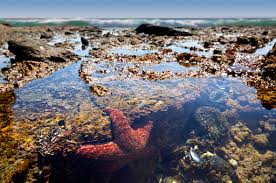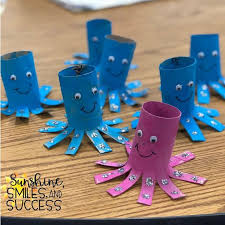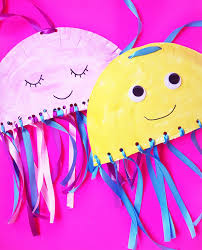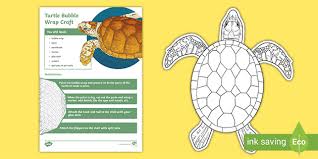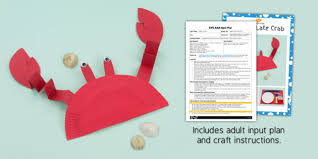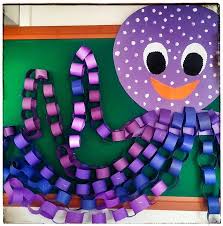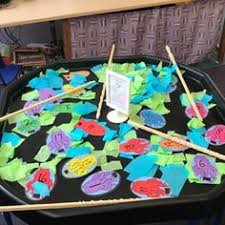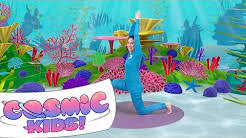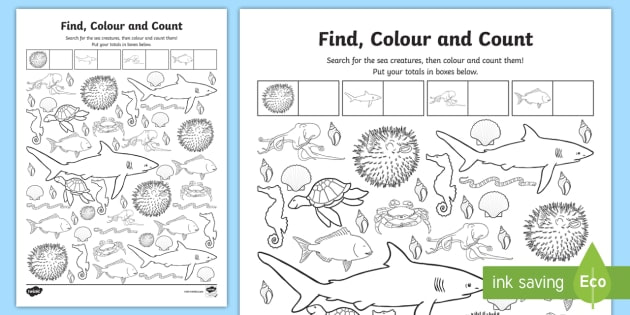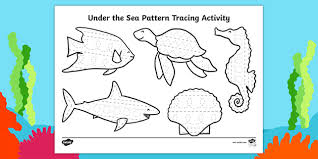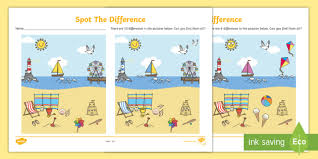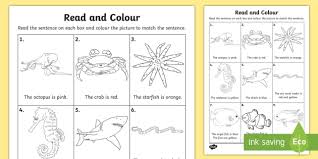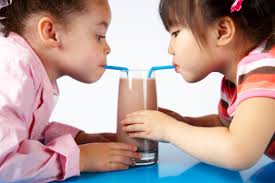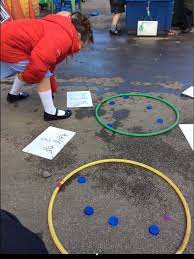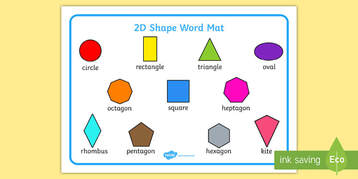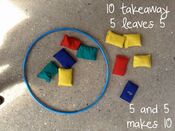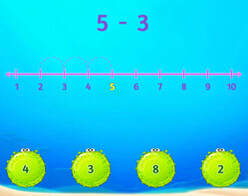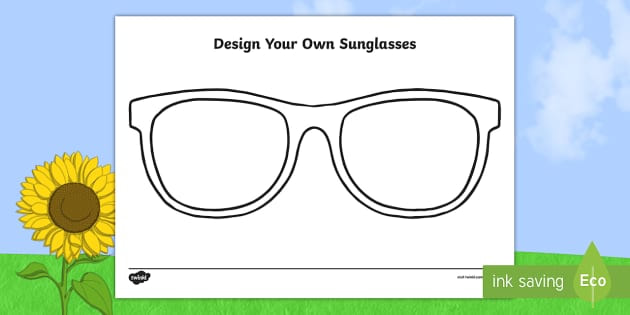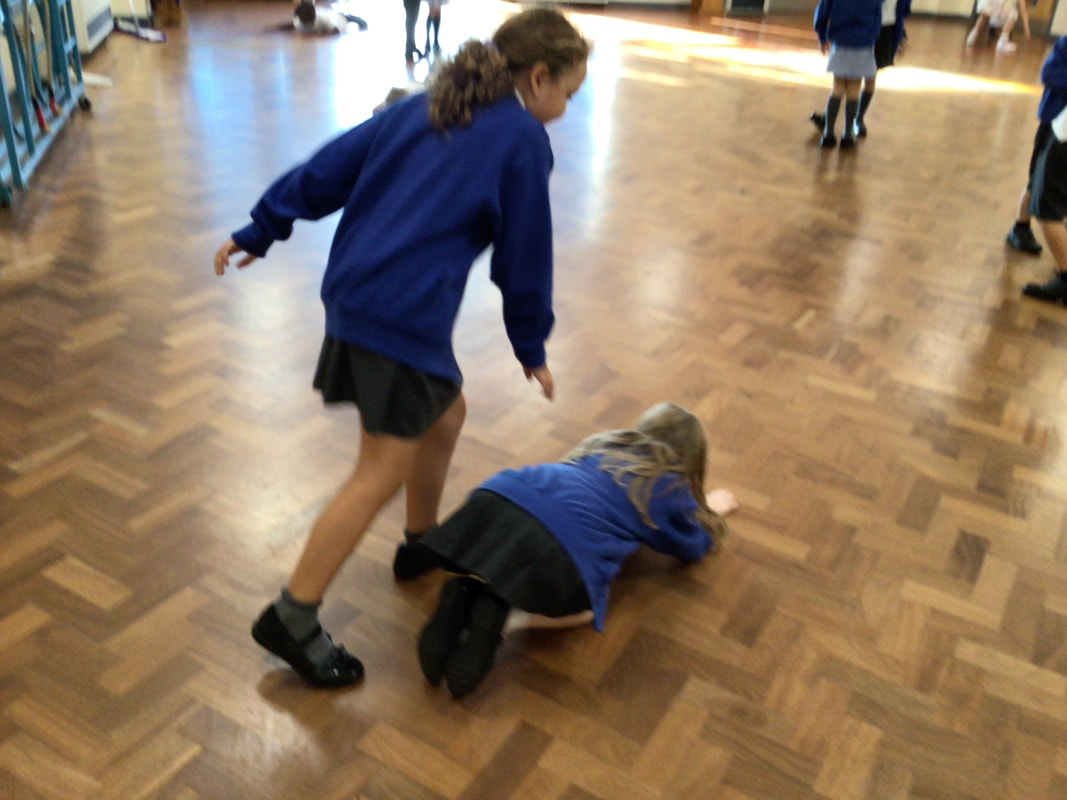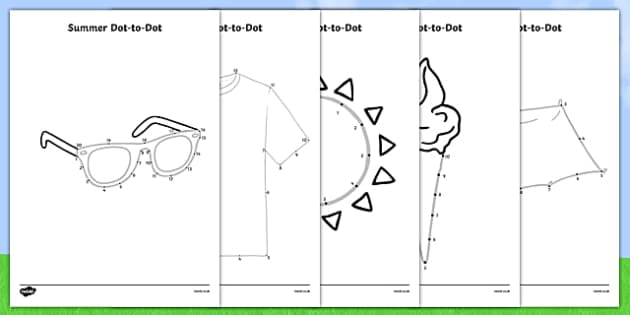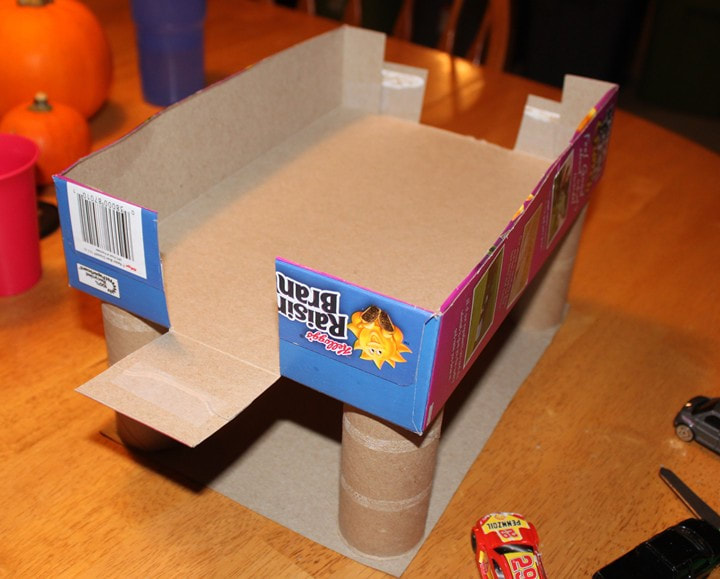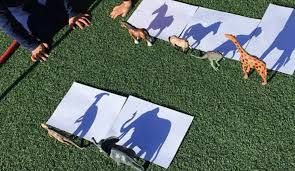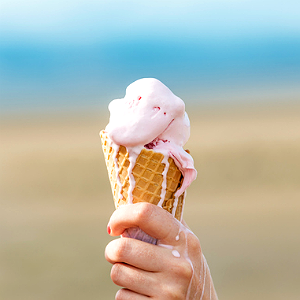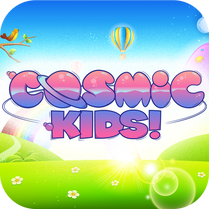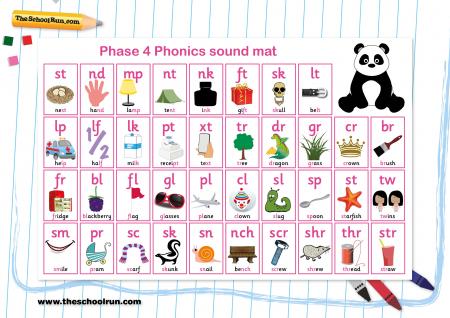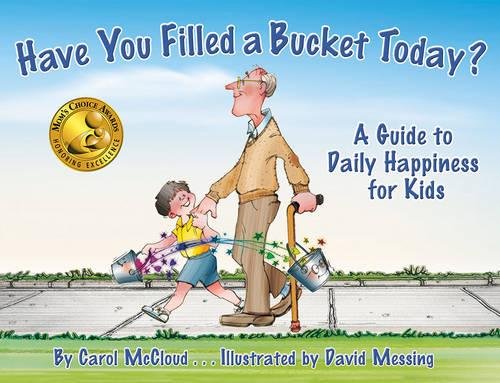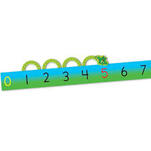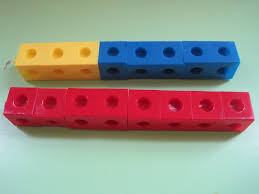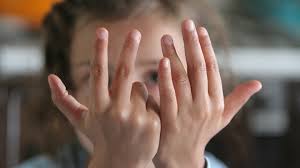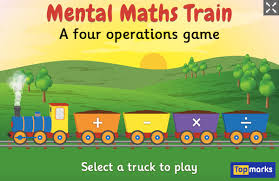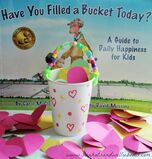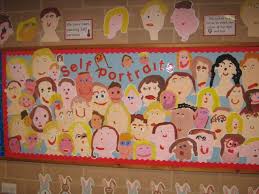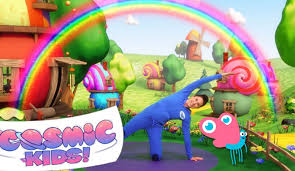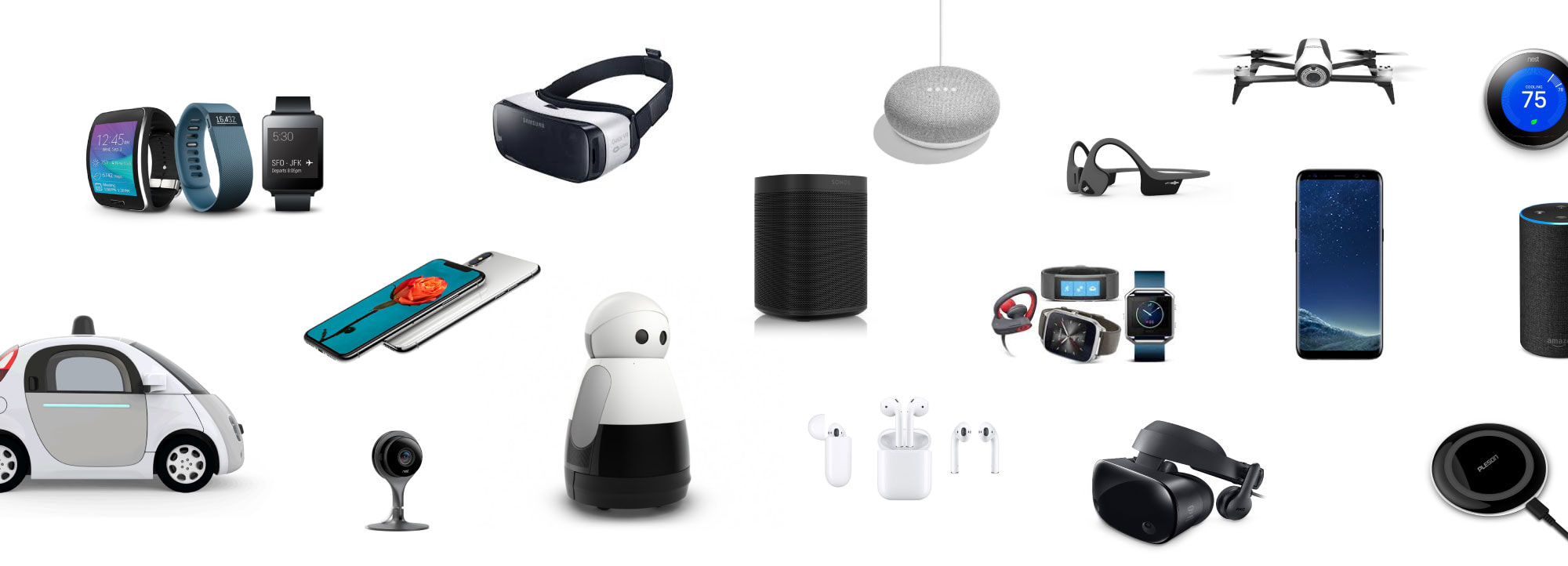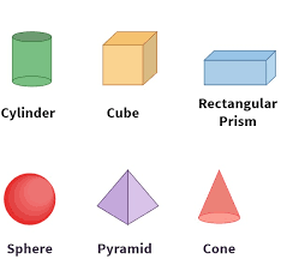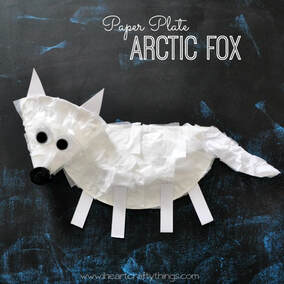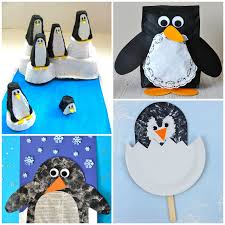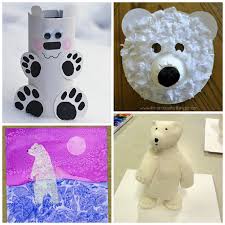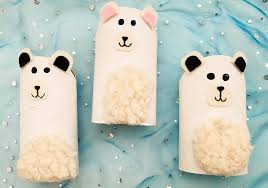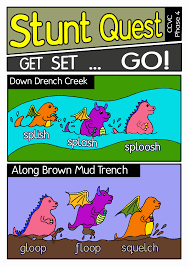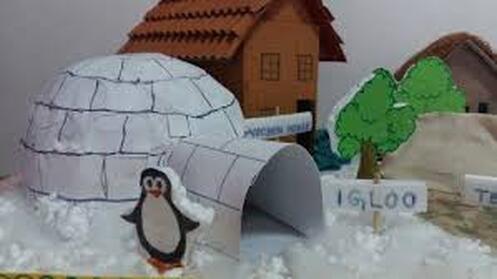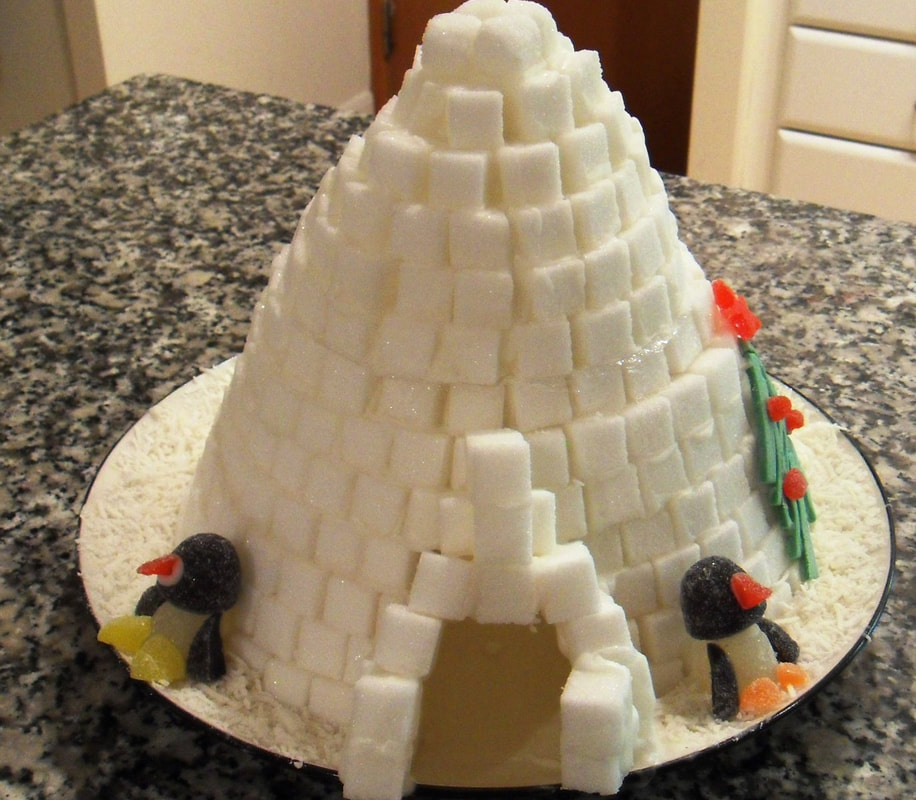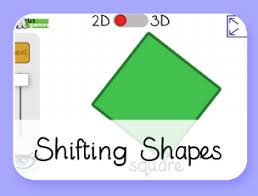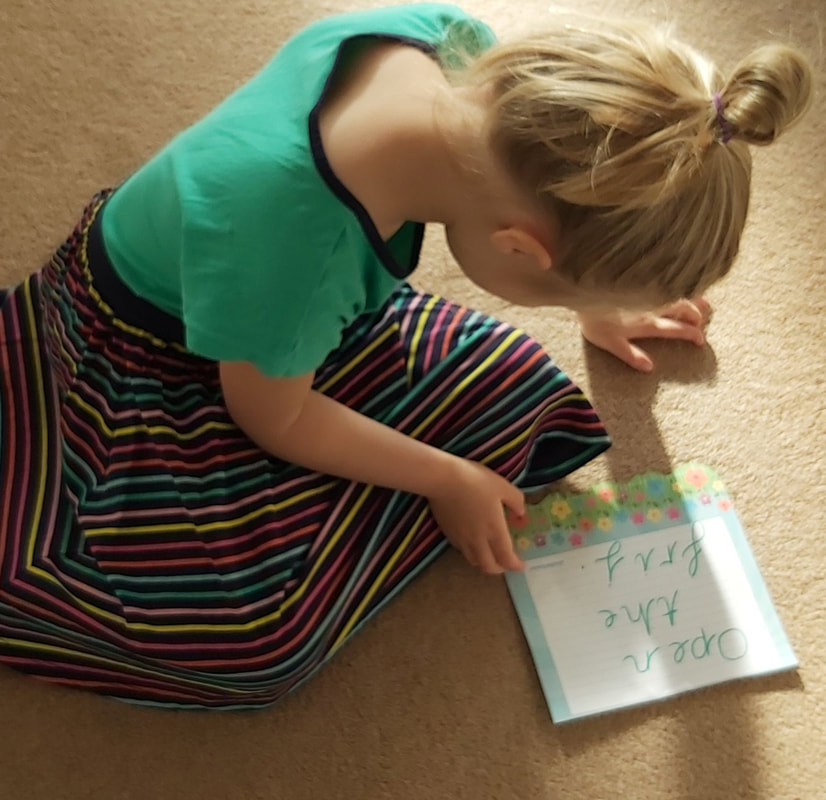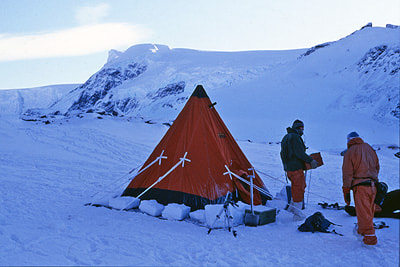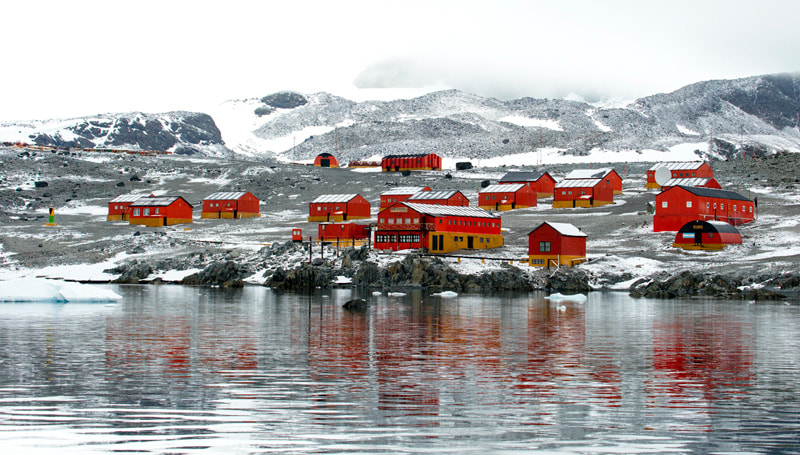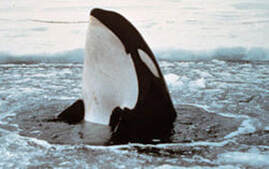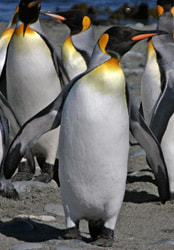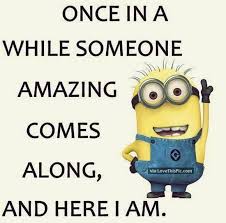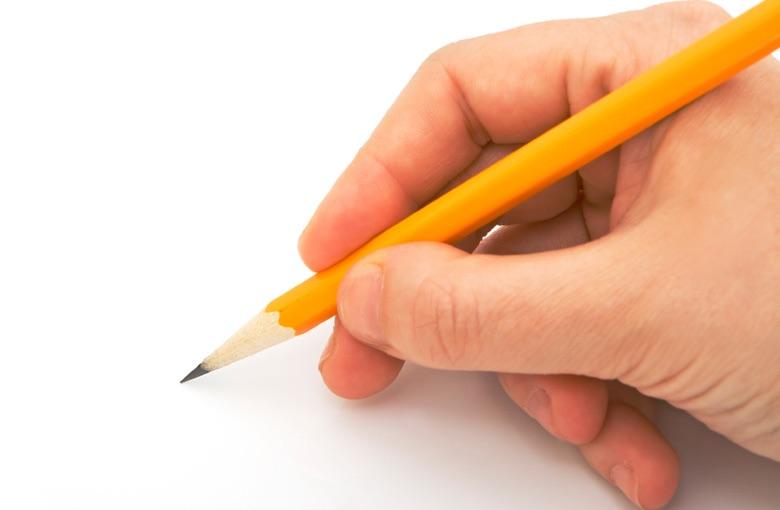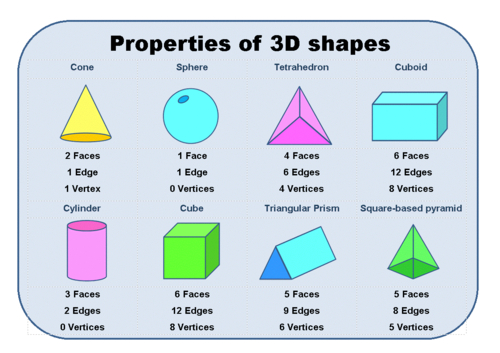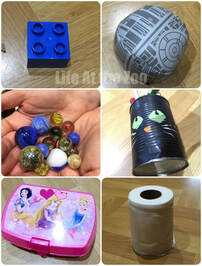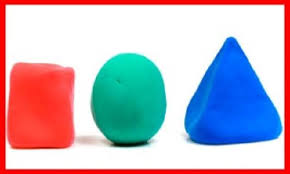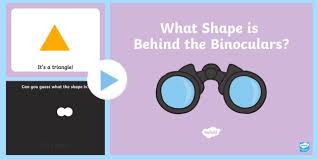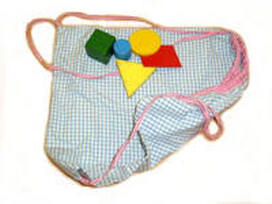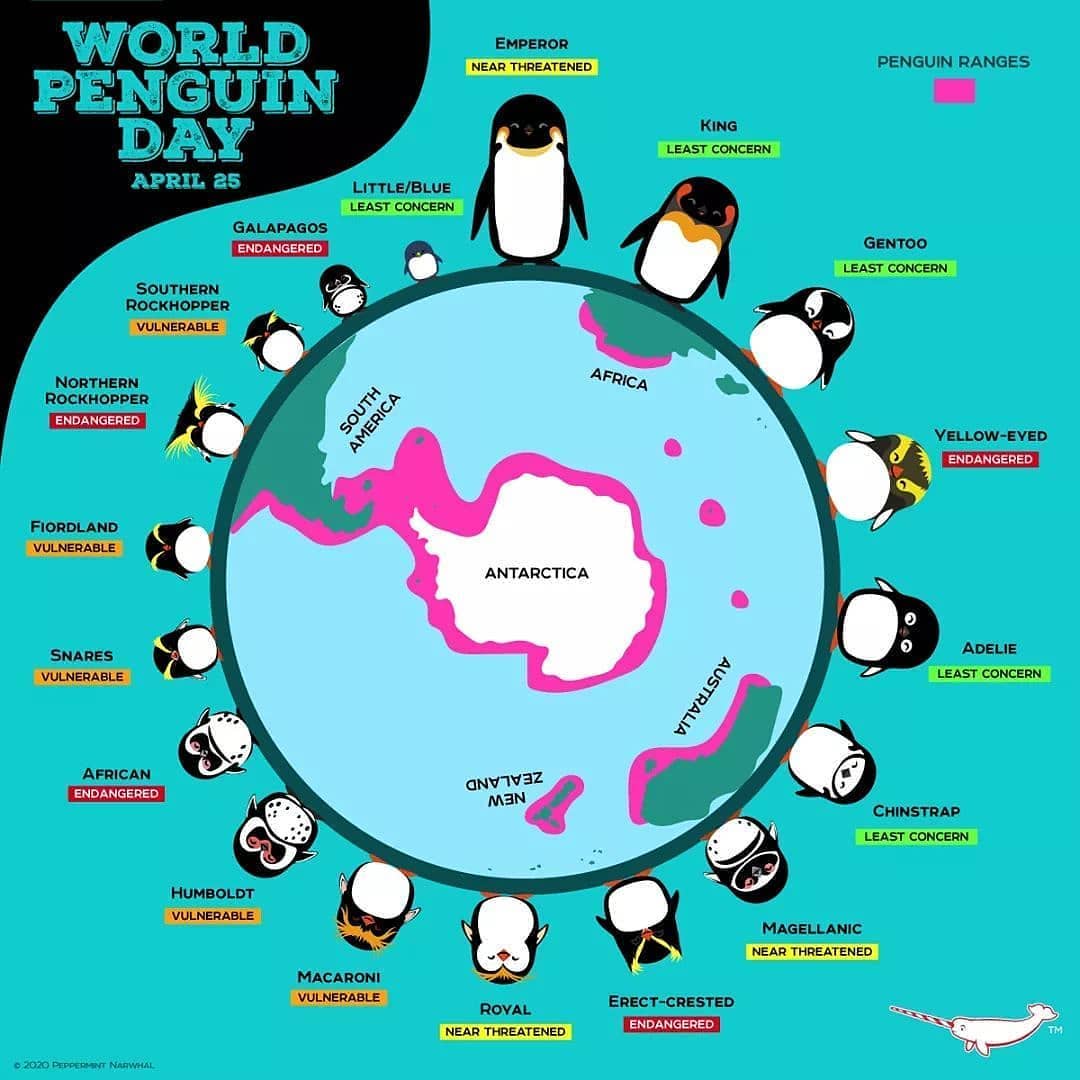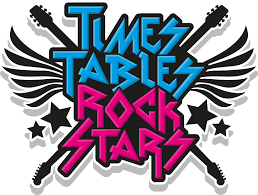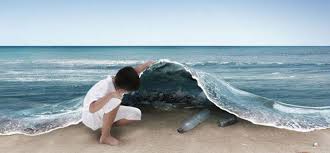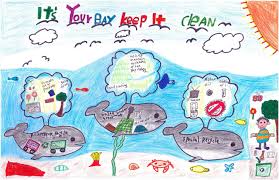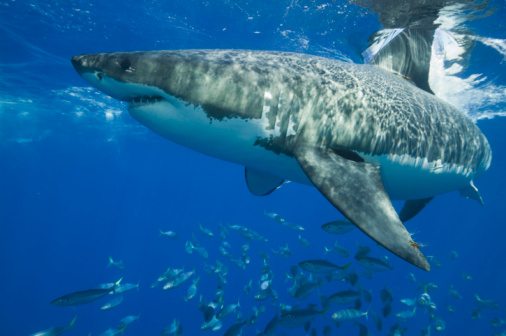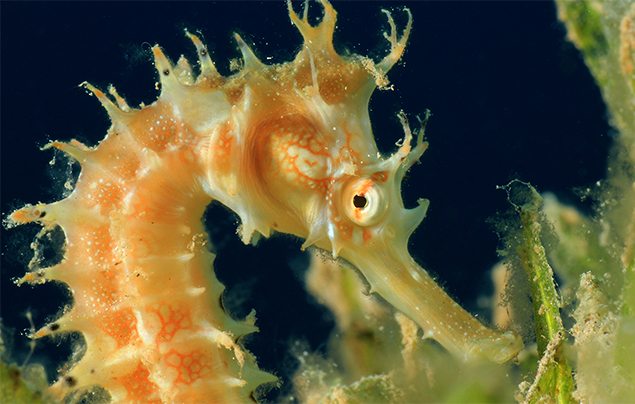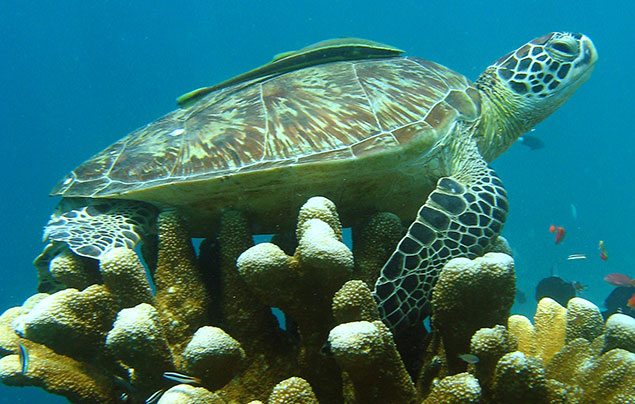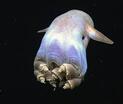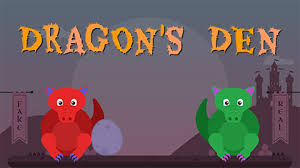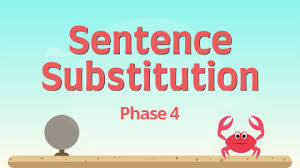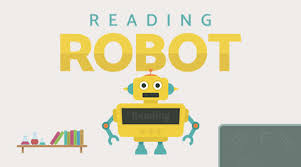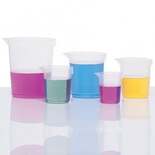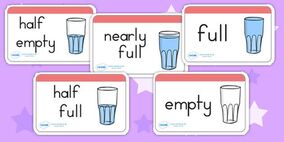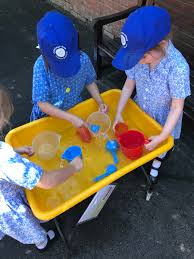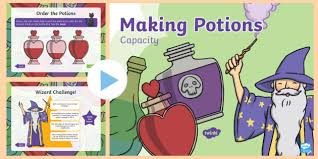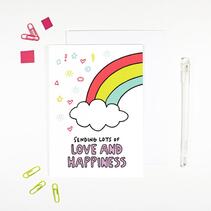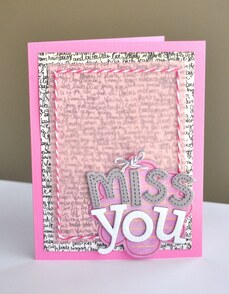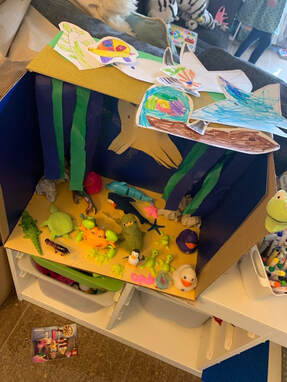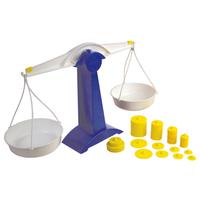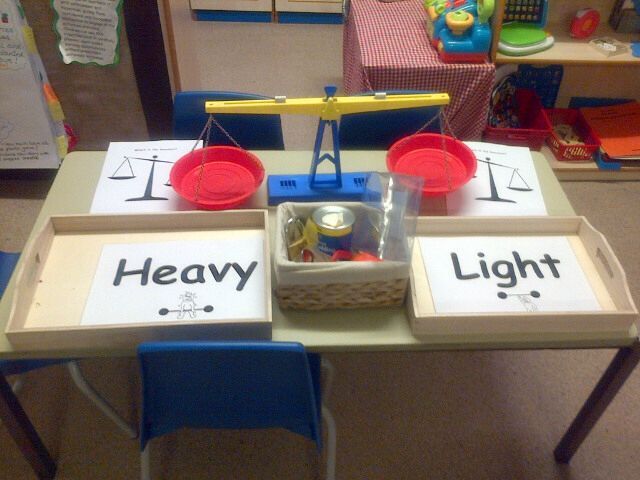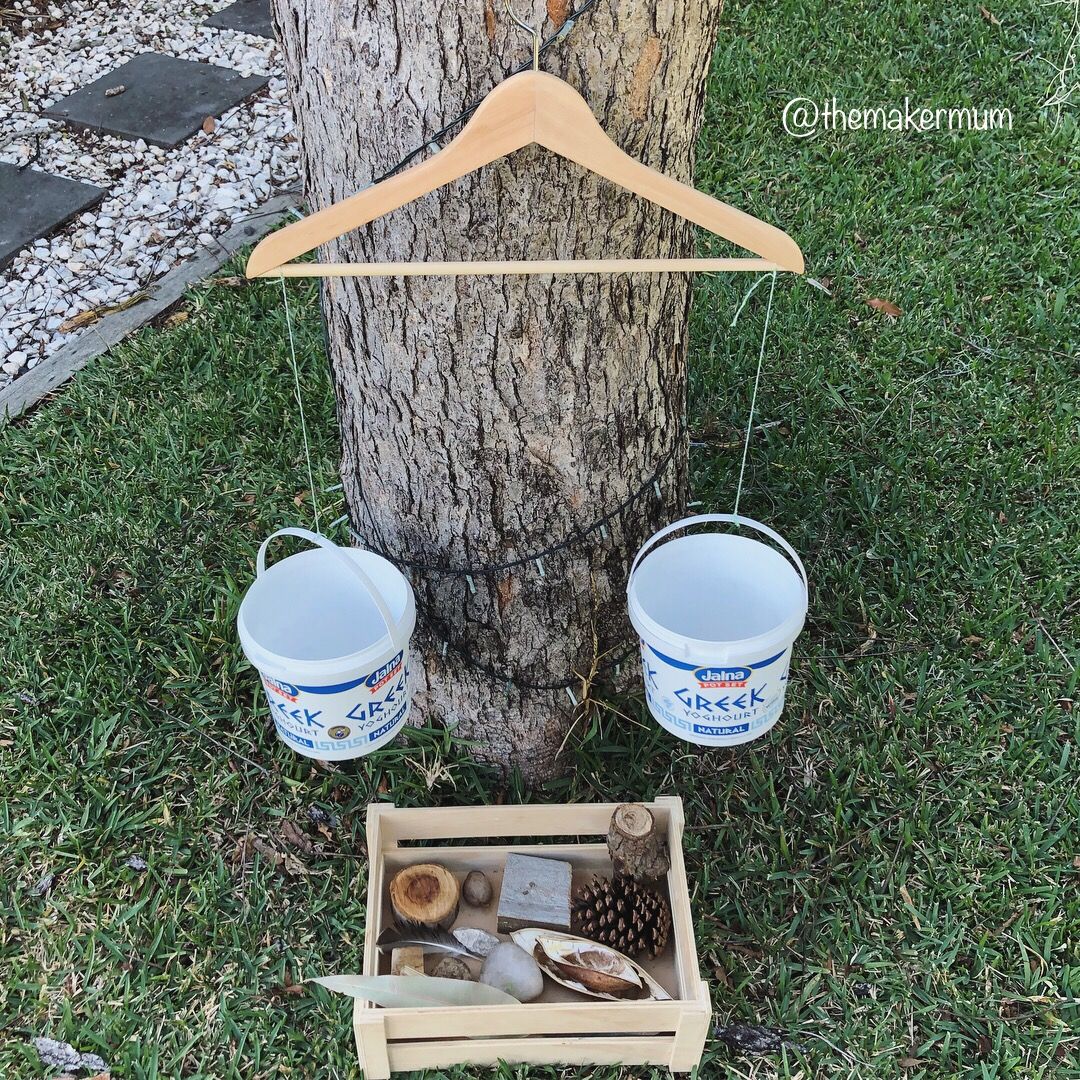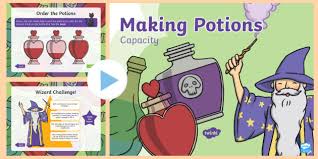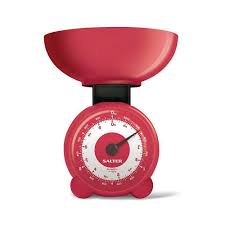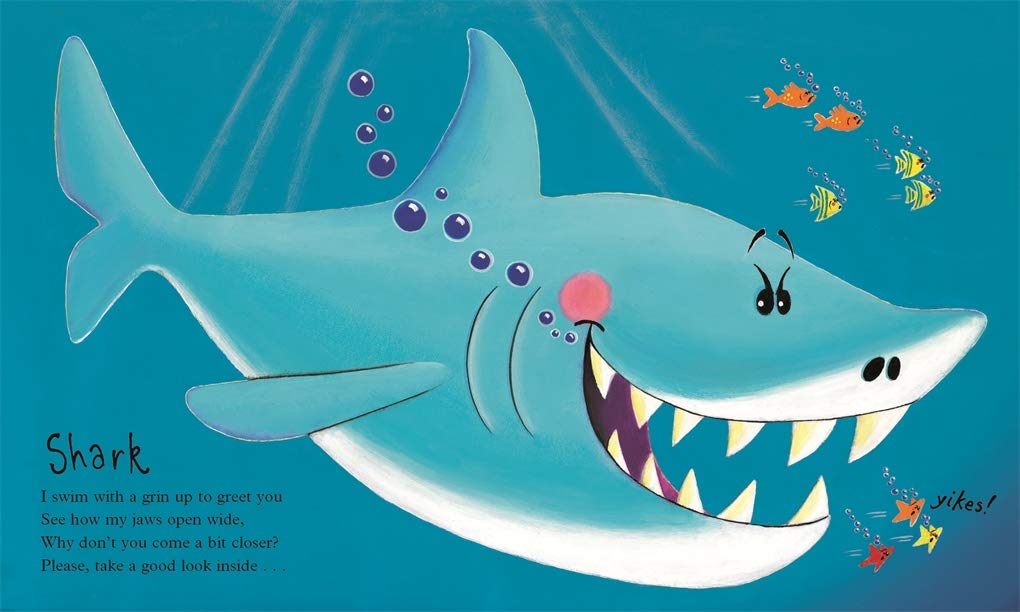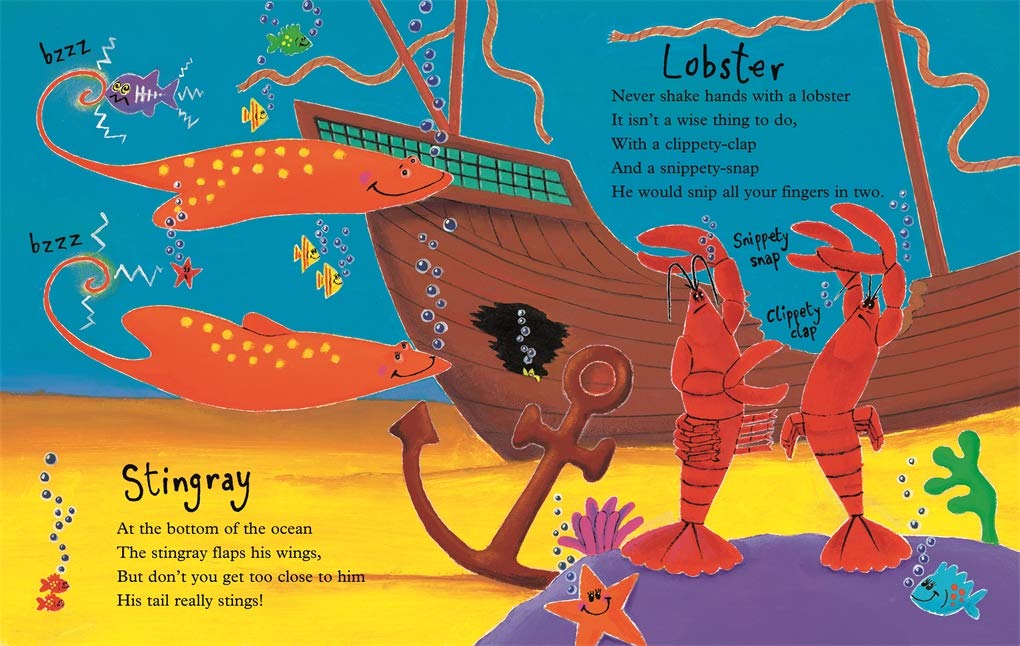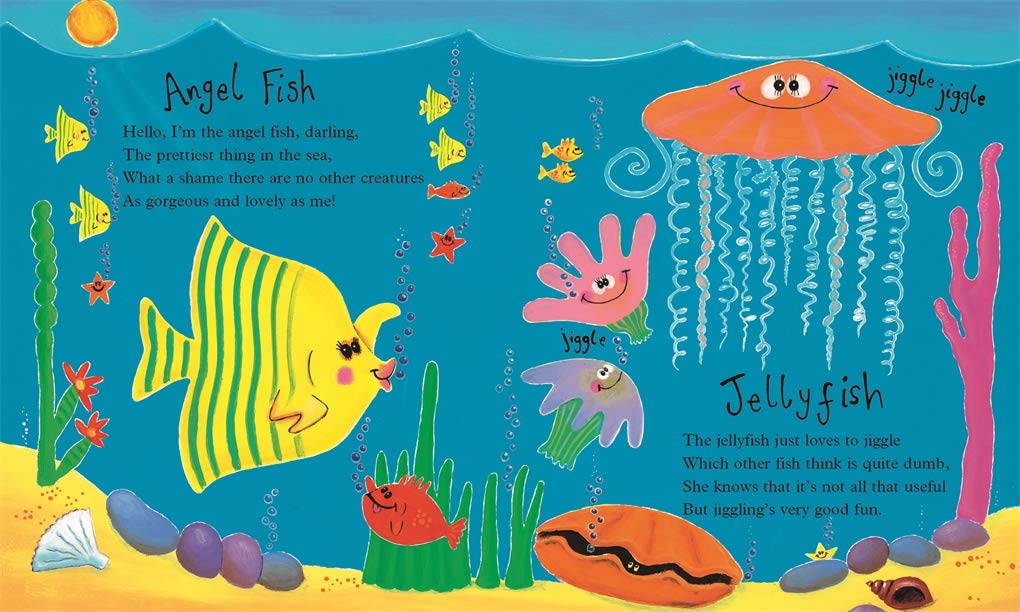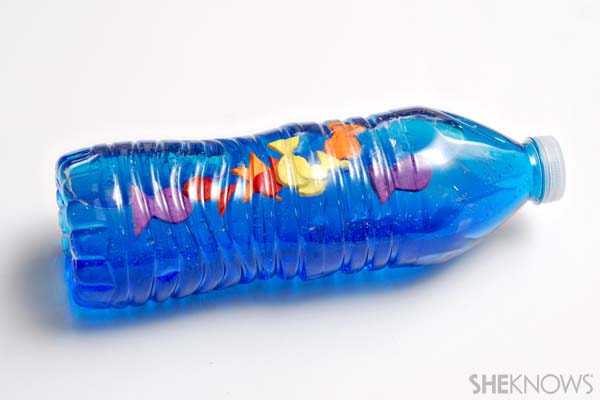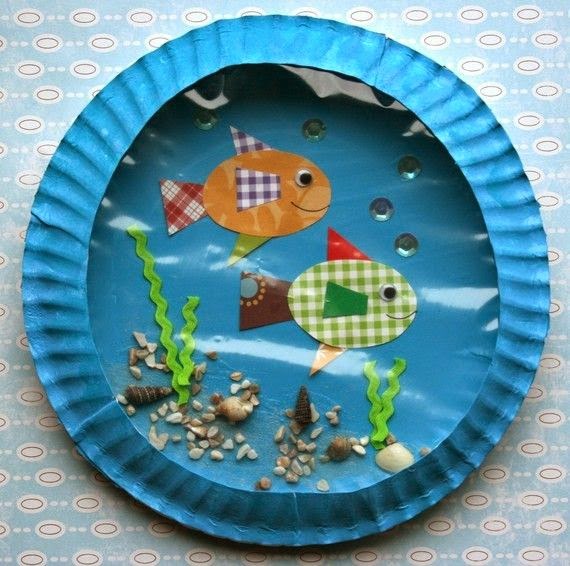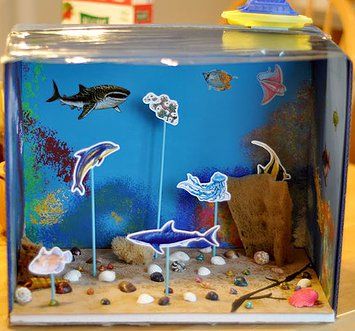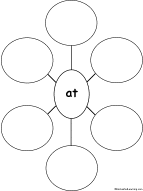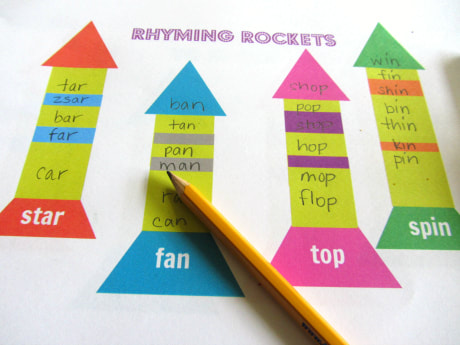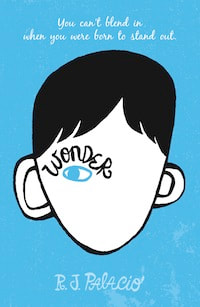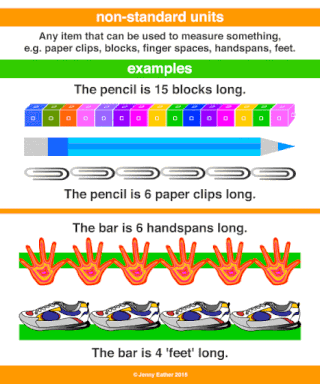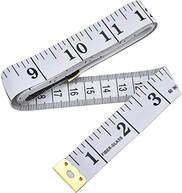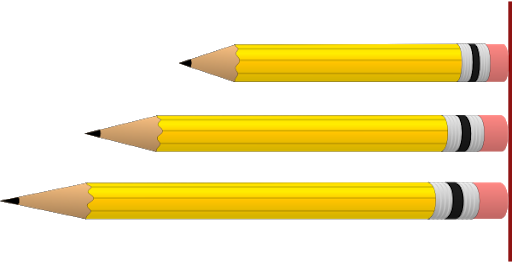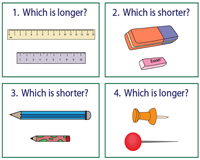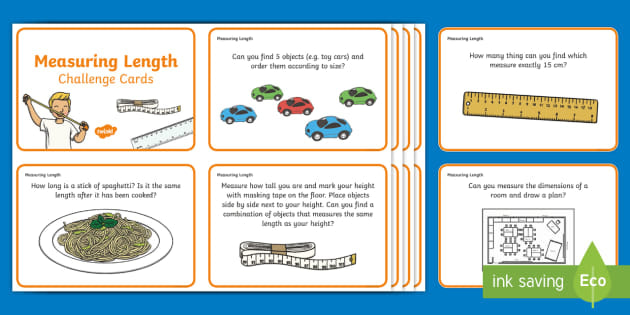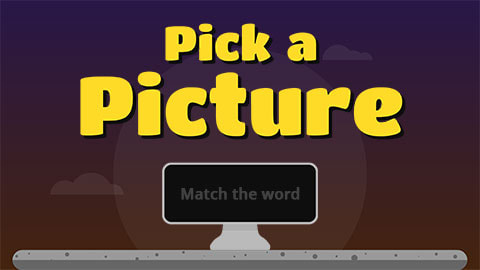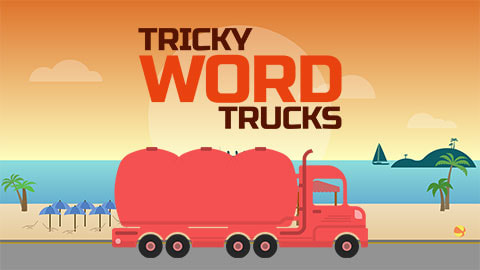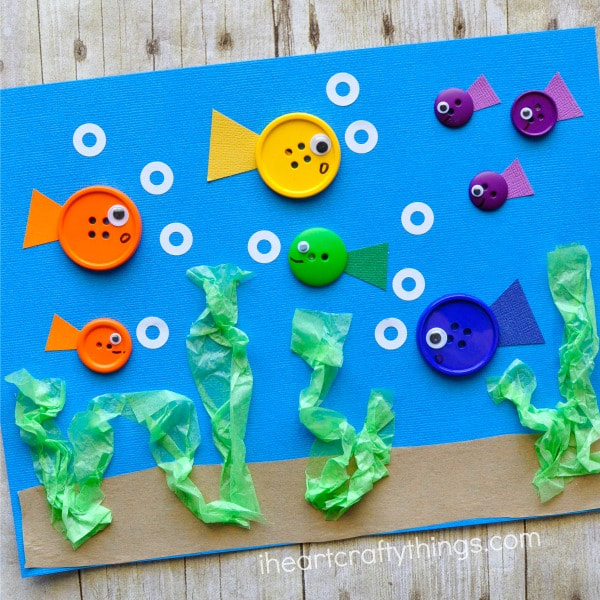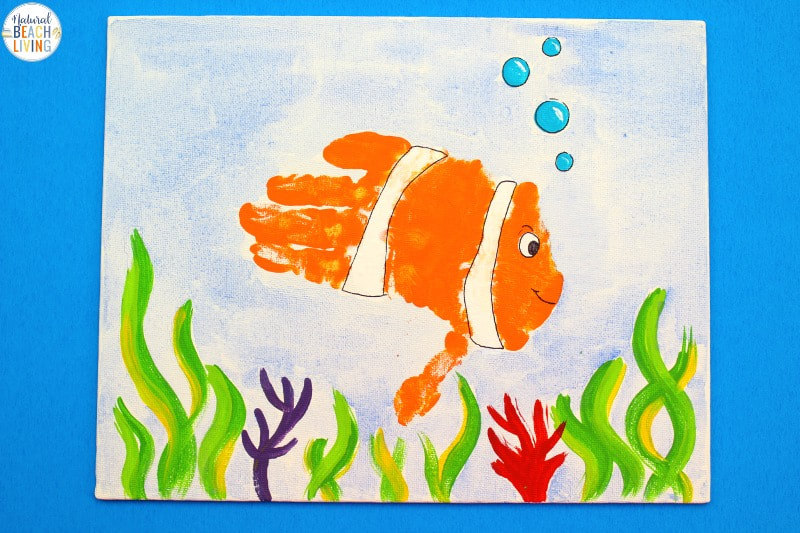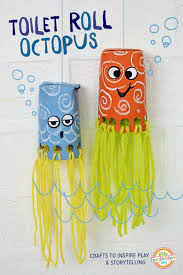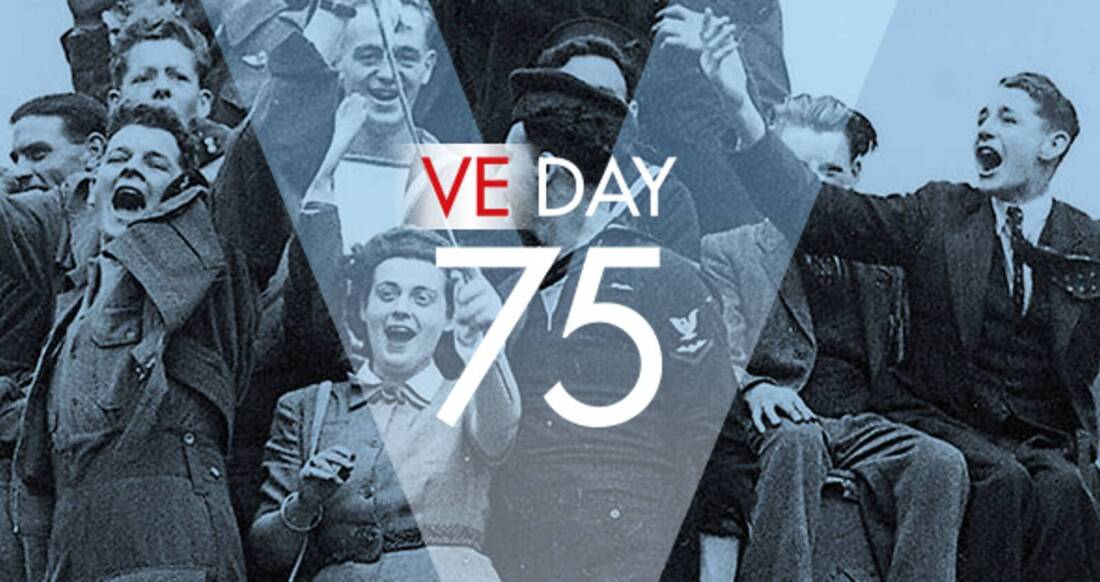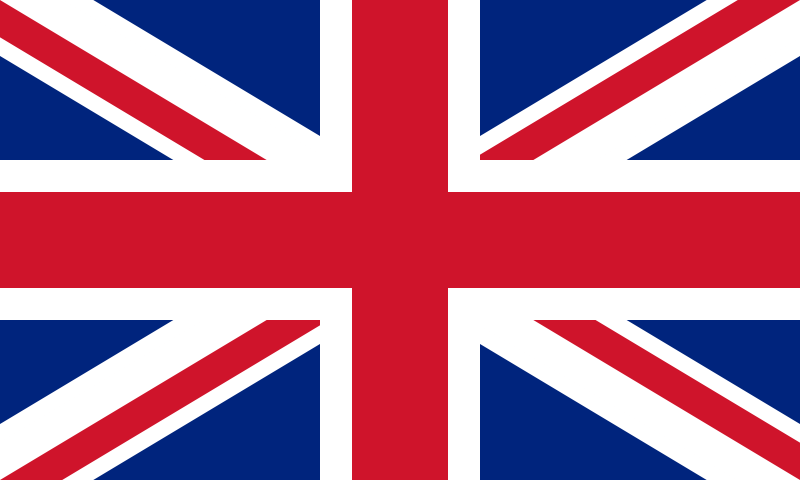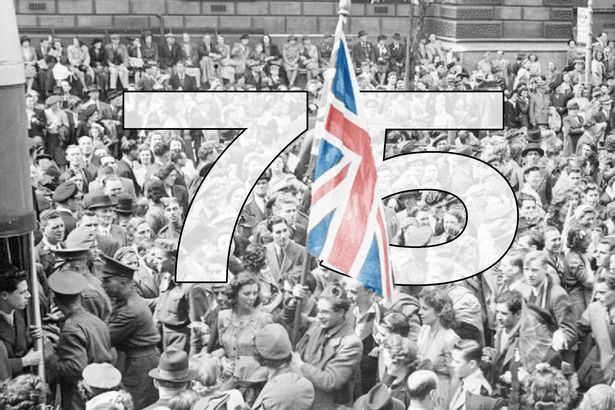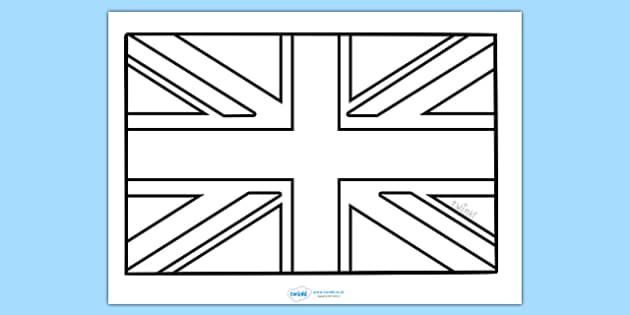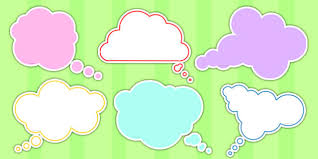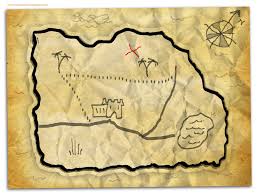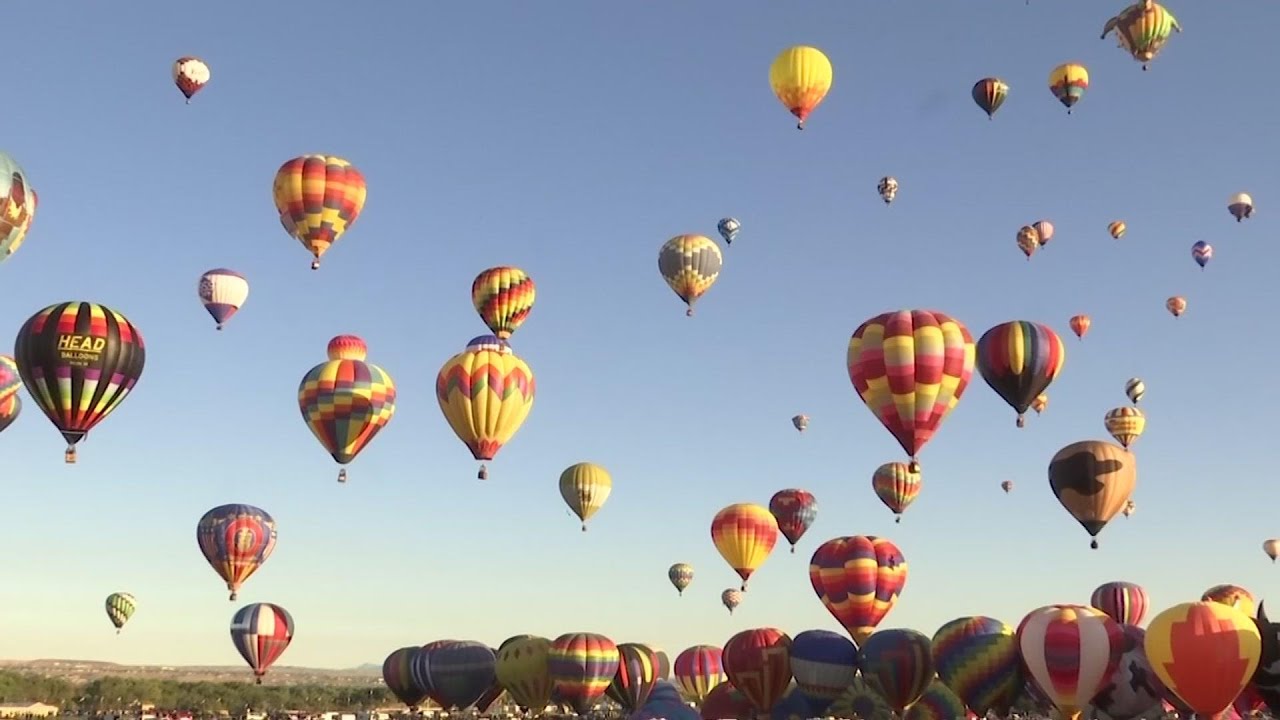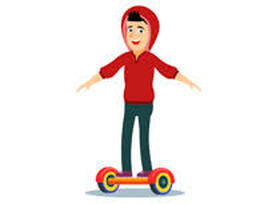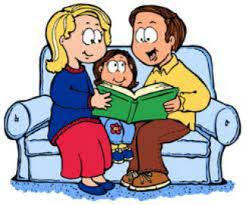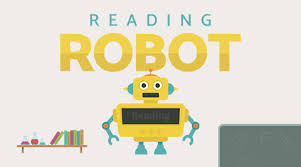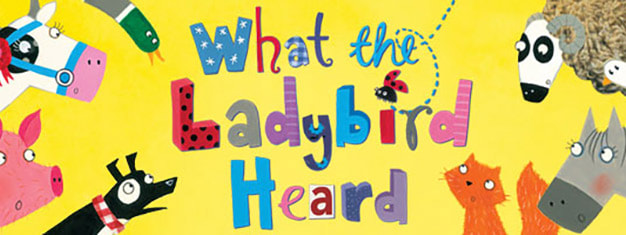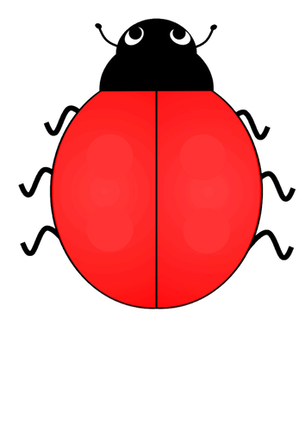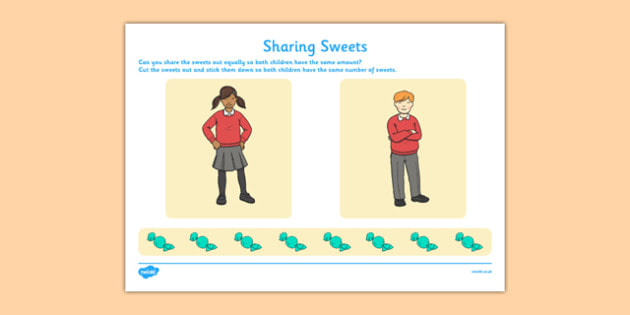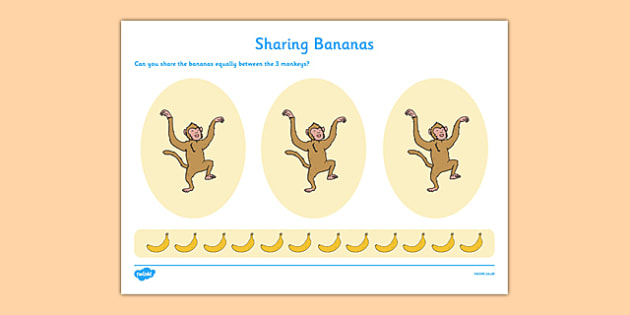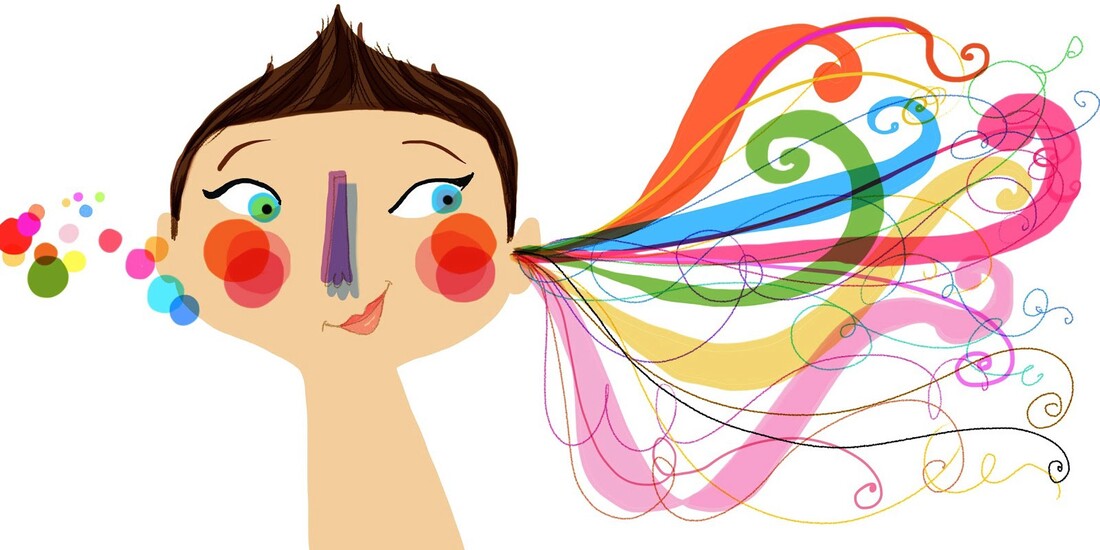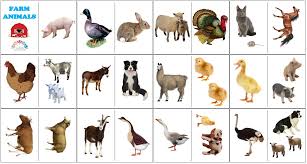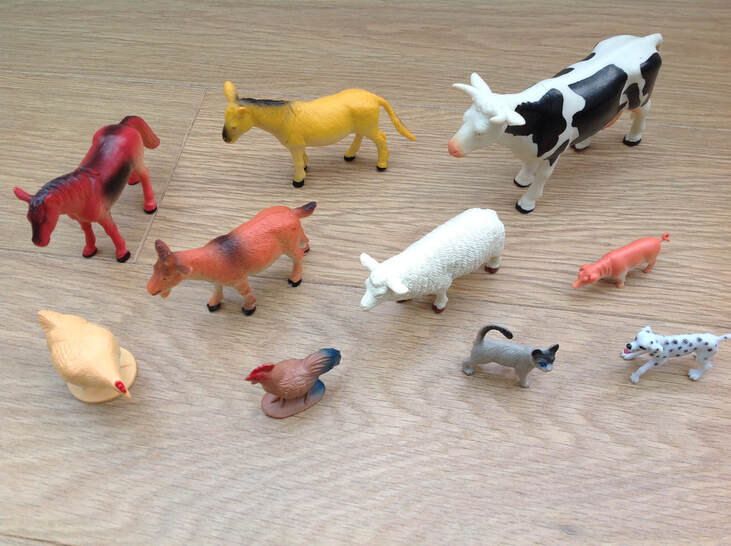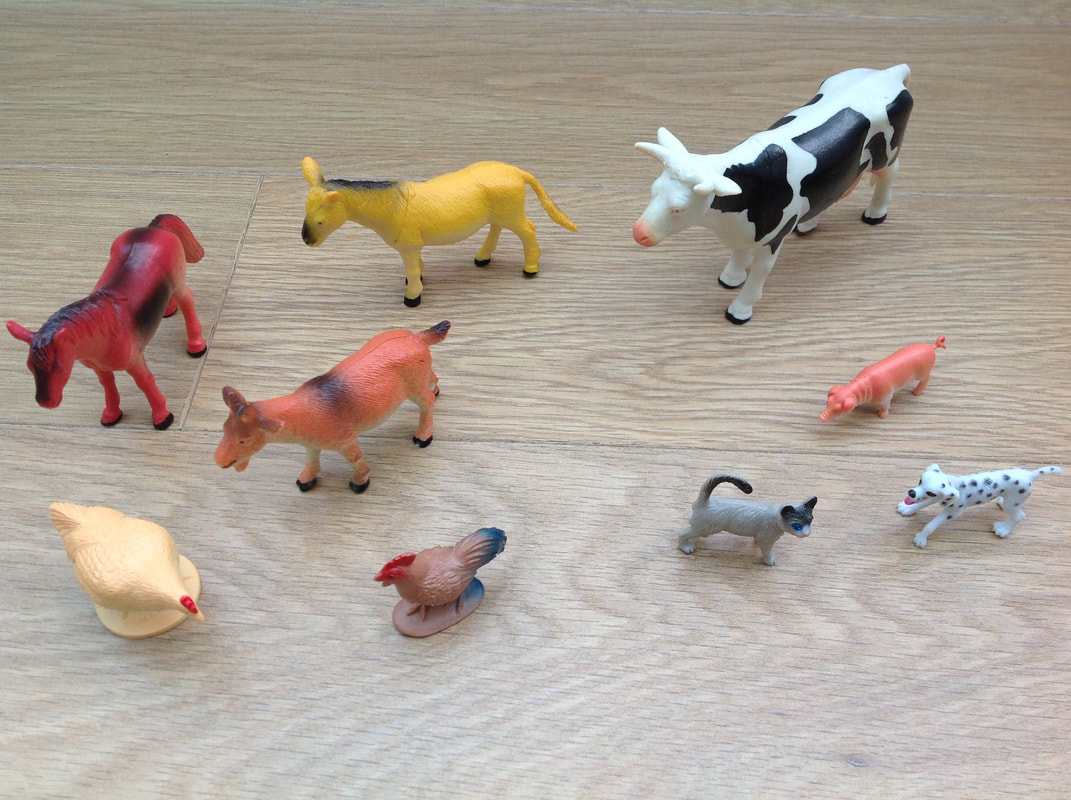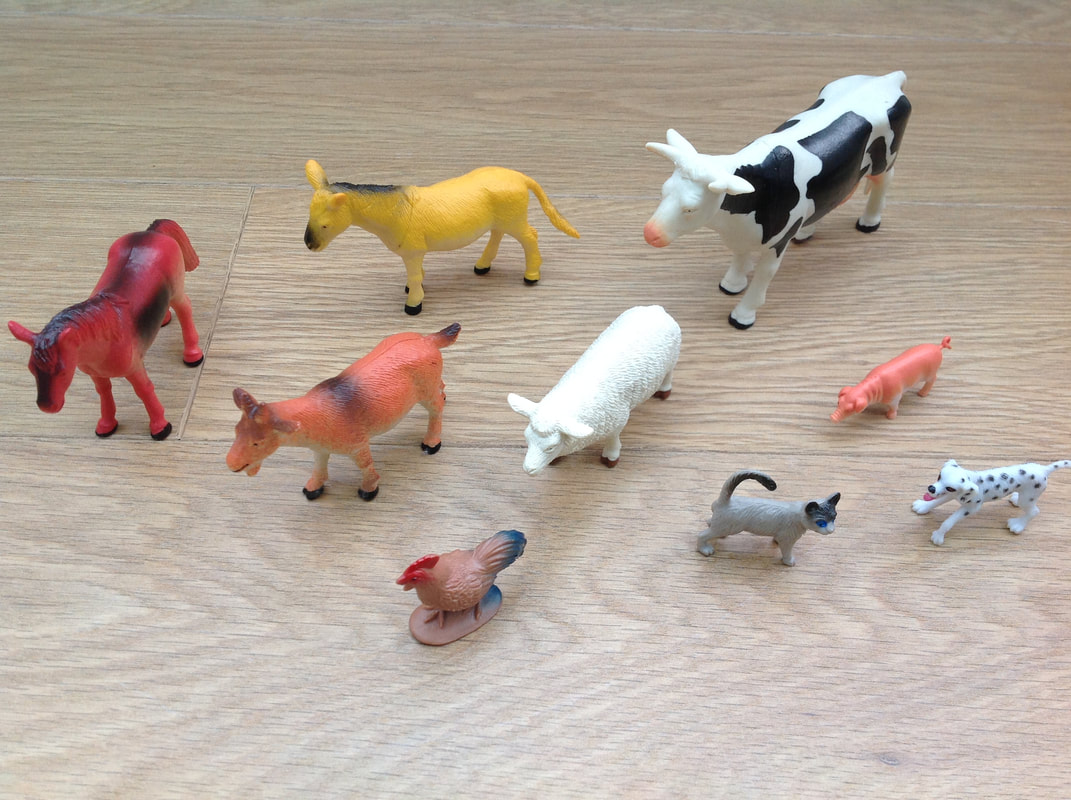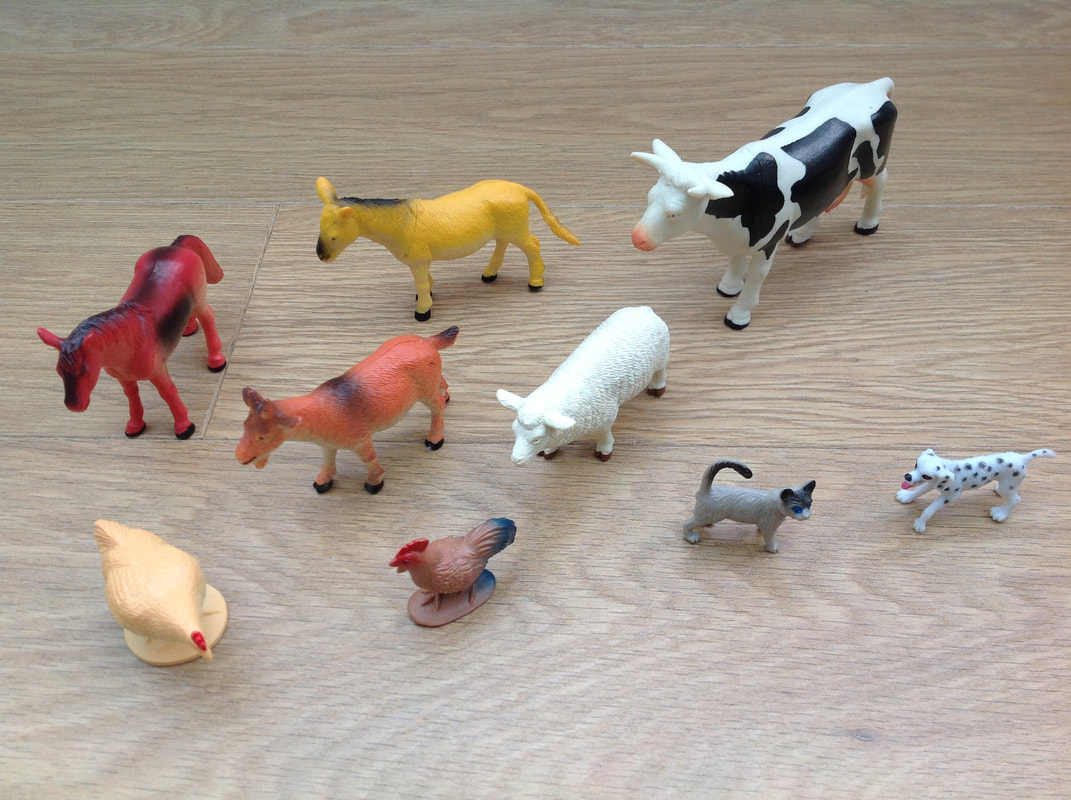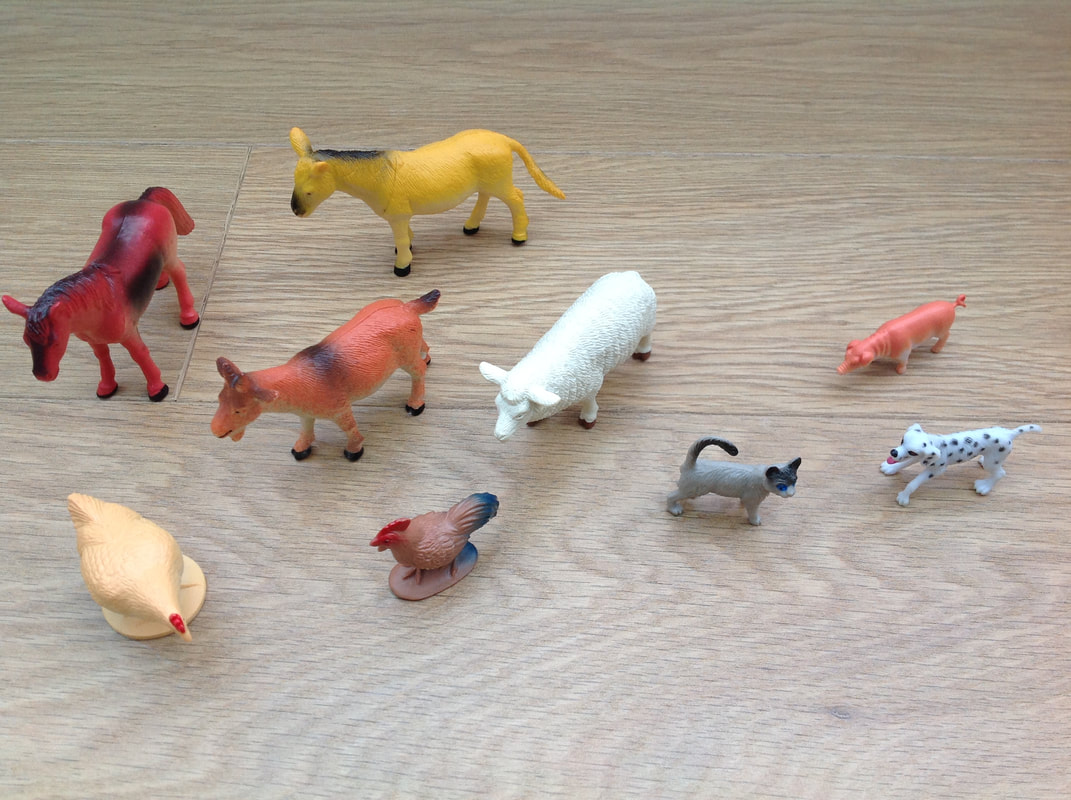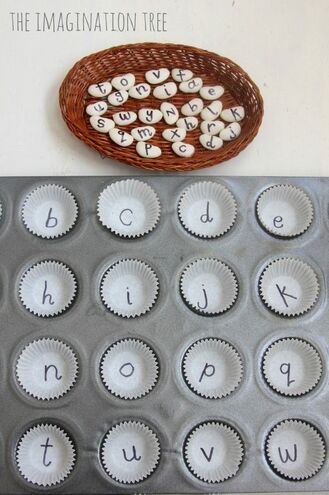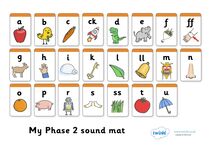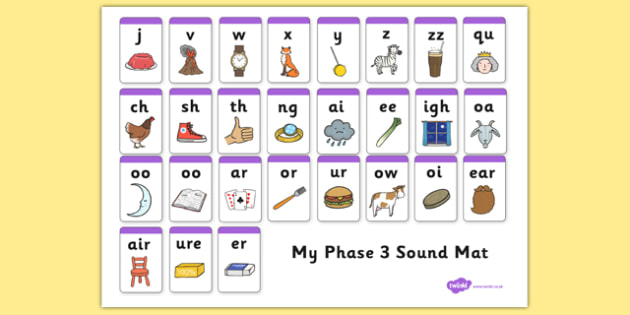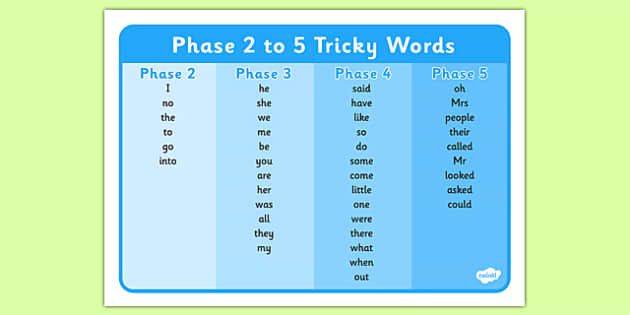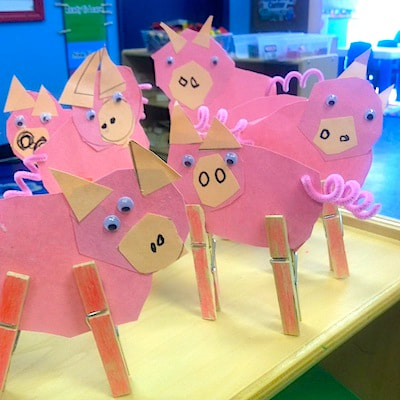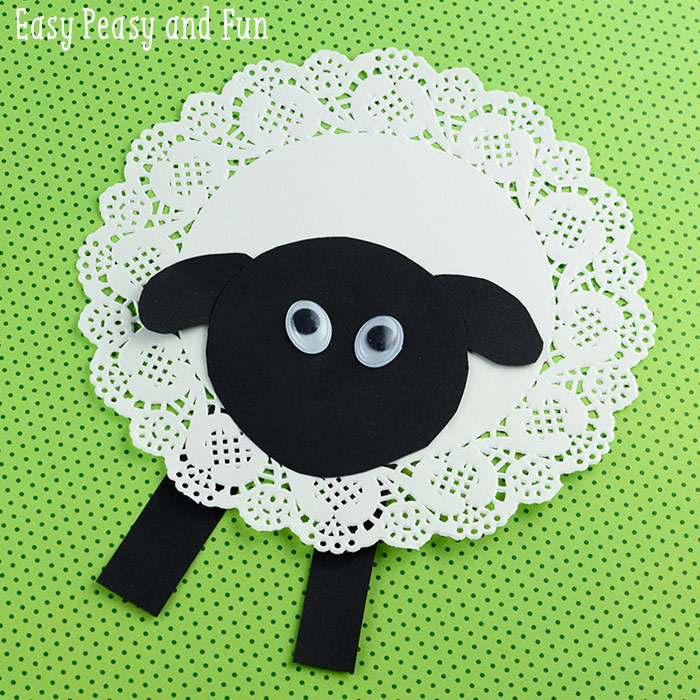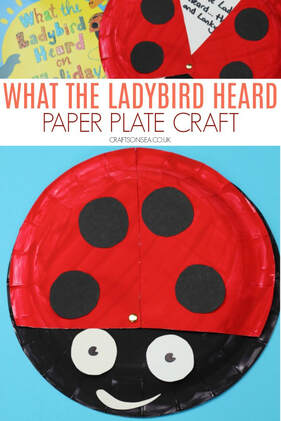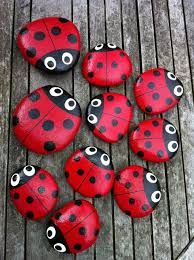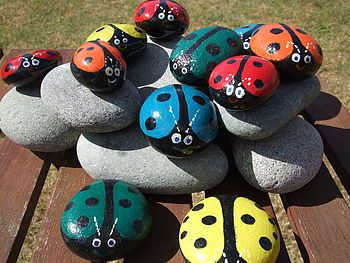Remote learning: EYFS - Mrs Dryden email: [email protected]
Foundation Stage children and parents Welcome to the Summer Term 2!
As school has reopened for our Foundation Stage class, home learning will look a little different from now on.
I will upload an overview of the week on a Monday so that you can see the content of lessons that are taking place in school for that week. This allows you to continue with the early curriculum in the same way that we are at school.
Please continue to use Tapestry to share your photographs so I can see the activities you have completed.
Week Commencing 15th June 2020 Summer Term Week 3
Literacy.
|
Watch the video clip of the story and have a go at answering these questions.
Q1. How does the crab feel about sharing the shell? Q2. How does the anemone help the crab? Q3. What is the brush thing really called? Q4.. What do you think a 'cab' is? Q5. How do the cup and tub become crushed? Q6. What is the bristle worm good at? |
Our writing task this week is to think of what the characters would be saying and try to record these in 3 star sentences.
| ||||||
Maths.
This week we shall be learning more about doubles with the hope of being able to recall some doubles to 10.
We shall use dominoes to find pairs of numbers and count the spots to work out the total.
We will use counters and a mirror to double numbers (see picture below).
We may even try printing spots with paint an folding the page over to double the amount (see picture below).
When the children have grasped the concept of doubling meaning two lots of the same amount, we will move onto addition so that the children can see that double 4 is the same as 4+4.
We shall use dominoes to find pairs of numbers and count the spots to work out the total.
We will use counters and a mirror to double numbers (see picture below).
We may even try printing spots with paint an folding the page over to double the amount (see picture below).
When the children have grasped the concept of doubling meaning two lots of the same amount, we will move onto addition so that the children can see that double 4 is the same as 4+4.
Understanding the World
|
Use the power point to learn more about rock pool creatures and their habitat. Perhaps you could draw and label a rock pool or use the sheet below to label the rock pool pictures.
| |||||||
| |||||||
Expressive Arts and Design
Here are some craft ideas to try with our sea creature theme this week. We shall be trying them in class across the week.
Well being
|
Each day we participate in a number of mindfulness based activity to help us to feel relaxed and calm.
This week we shall try the Cosmic Kids under water yoga session as well as some of the tasks below. I hope you feel ok and are happy and well. Talking is our biggest tool to help us to deal with worries and anxieties... whatever age we are. Reach out and talk. |
|
|
|
| ||||||||||||||||||||||||
PSHE
Week Commencing 8th June 2020 Summer Term Week 2
Literacy
|
|
This week we will be focusing on the sun.
We shall use the fable 'The Wind and The Sun' as our text throughout the week to explore the mighty power of the sun and its role in our world. Watch the short animation of the story and answers theses questions: Q1. What does it mean to be powerful? Q2. What happened when the wind blew on the man? Q3. How / why did the sun win? |
Maths
|
This week in maths we shall be looking at subtraction
(take away). Just like with addition, we have a few different ways of approaching subtraction, all of which are important to explore to allow children to settle on the method they find most useful and easy to use to solve subtraction problems independently. Try this activity...
|
Alongside subtraction this week we will be recapping our 2D shape names and properties using vocabulary such as corners and sides.
| ||||||
|
Method 1: Taking away objects. We would use cubes and counters but any small objects could be used.
So if we were solving 7 - 5 = we would carefully count out 7 objects on the table in front of us and move 5 of them away. We would then count how many are left. We put each problem into a real life scenario to help support the children's understand of the concept. E.g. 7 people were on the bus, when the bus stopped 5 people got off, how many people are left on the bus? |
|
Method 2: Subtracting on a number line (very similar method to addition). We would use a printed number line to 10 or 20 or 30 depending on the numbers being used. If we were solving 8 - 4 = we would find and circle number 8 on the number line and make 4 clear jumps down the number line (down referring to the numbers getting smaller). Each time we jump we draw a rainbow shape from one number to the next.
When we have finished jumping we circle the number we have landed on and record this after the = sign. |
Method 3 (The trickiest one) We would teach the children how to count back mentally using their fingers for support. So when solving 9 - 5 = we would put 9 in our heads, hold up 5 fingers and count back one number for each finger.
Expressive Arts & Design and Understand the World
As we explore the sun this week we shall look at sun safety and learn ways to stay safe on really hot days.
We will design and make sunglasses and design a sun hat. (Templates available on Twinkl)
We will design and make sunglasses and design a sun hat. (Templates available on Twinkl)
|
| ||||||||||||
Our writing task this week will be to create a sun safety poster with pictures and captions.
We will draw ourselves dressed and ready for a sunny day and label the things we have on that will keep us safe (hat, clothes, sun cream, sunglasses etc).
We will develop our number order knowledge and pencil control by trying something new...a dot-to-dot.
We will draw ourselves dressed and ready for a sunny day and label the things we have on that will keep us safe (hat, clothes, sun cream, sunglasses etc).
We will develop our number order knowledge and pencil control by trying something new...a dot-to-dot.
If the sun shines this week (fingers crossed!) we will try some shadow drawing (see example below), building a sun shelter using cardboard boxes, tubes, sticks etc, and melting different items to really test the power of the sun.
Well being
|
We shall continue to enjoy mindfulness sessions via Cosmic Kids.
We will listen to one each morning as a nice calm start to the day and to allow us to discuss our feelings and emotions if we feel we need to. Monday - Be The Pond Tuesday - The Listening Game Wednesday - Cosy Cats Thursday - Cosmic Counting |
Phonics
|
We shall continue to recap phase 3 graphemes each day but shall return to Phase 4 teaching sessions.
Phase 4 concentrates on adjacent consonants such as cr gl str etc. We teach the children that adjacent consonants are different to trigraphs and digraphs because they are made up of individual sounds. We teach children to read and write these types of words - they love being challenged with longer words like churchyard and toothbrush! Try some of the activities below. |
|
|
|
| ||||||||||||||||||||||||
Week Commencing 1st June 2020 Summer Term Week 1
Literacy
|
|
This week we are looking at the story ‘Have You Filled a Bucket Today? which looks at our emotions and how they can be affected by others. We shall be focusing on ways to fill people’s buckets as well as considering why we shouldn’t dip into somebody’s bucket too. Use the bucket writing frame to write down how to fill somebody’s bucket (smile, be polite, help somebody, wave, use kind words, share, lend somebody something they need etc). We shall be doing a word hunt to collect words in our buckets that belong in there – we need to be careful because some of the hidden words don’t belong in our buckets (like sad, unkind and nasty). You could do a word hunt at home and collect them in a bucket or box you may have. |
Maths |
| ||||||
|
In maths we will be adding this week. Starting with adding two 1digit numbers (5 + 8) and then moving to adding a ten number and a 1digit number (13 + 6). We shall be using resources to help us before moving onto number line and then mentally counting on.
We shall use the TopMarks game to practise our adding skills. (called Mental Maths Train) |
To further develop our thinking and reasoning skills we shall do some of the following...
We shall be using the buckets to investigate capacity by filling them with different objects. E.g. home may balls will fit in the bucket? Now how many rocks/pencils/leaves will fit it?
We will also be exploring the differences between tall, thin buckets and shorter, fatter buckets. Which holds more? How could we find out?
We will use a range of buckets and tubs to set up a target practice game. Each bucket will have a different number and each time we get out ball/beanbag in that bucket we get that number of points. Physical development and maths all rolled into one!
We shall be using the buckets to investigate capacity by filling them with different objects. E.g. home may balls will fit in the bucket? Now how many rocks/pencils/leaves will fit it?
We will also be exploring the differences between tall, thin buckets and shorter, fatter buckets. Which holds more? How could we find out?
We will use a range of buckets and tubs to set up a target practice game. Each bucket will have a different number and each time we get out ball/beanbag in that bucket we get that number of points. Physical development and maths all rolled into one!
Phonics
In phonics this week we shall be recapping some Phase 3 grahemes.
Monday – ch sh th. Tuesday – igh. Wednesday – oi. Thursday – ear.
Each day we will recap all graphemes and tricky words using flashcards (Tricky Word Trucks and Flashcard games on Phonics Play are great for this) followed by reading and writing words with the focus grapheme in. We then play a phonics play game such a Make A Match or Dragons Den to practise our learning following by writing a sentence to apply our knowledge.
Some of the sheets below will be used this week to support our phonics lessons.
Monday – ch sh th. Tuesday – igh. Wednesday – oi. Thursday – ear.
Each day we will recap all graphemes and tricky words using flashcards (Tricky Word Trucks and Flashcard games on Phonics Play are great for this) followed by reading and writing words with the focus grapheme in. We then play a phonics play game such a Make A Match or Dragons Den to practise our learning following by writing a sentence to apply our knowledge.
Some of the sheets below will be used this week to support our phonics lessons.
|
|
|
| ||||||||||||||||||||||||
|
We shall be using the Phonics Play Comics website to read and discuss I Can Spot (Phase 3 comic - link to the right).
Decode and read the words using the sounds we know. Discuss with an adult what happened and why. Play a word hunt with the comic strip to find specific graphemes (ch sh th maybe) and words. |
Expressive Arts & Design
Well-being
|
|
A quick hello from me! I hope everybody is safe and well and happy.
I miss you lots! Love Mrs D xx |
Happy Half Term Foundation...have a lovely rest, you've worked so hard over the past 5 weeks since Easter. Enjoy the sunshine, keep reading, writing and counting each day. You are fabulous, keep smiling and stay safe. Love Mrs D xxxx
The final week of this half-term...it seems to have whizzed by!
This week's text is The Emperor's Egg which is a fabulous text all about the amazing journey from egg to chick.
Our theme this week is frozen! Focusing on animals that live in very cold climates.
Our theme this week is frozen! Focusing on animals that live in very cold climates.
|
Use the Power Point to look at a range of technology around us. Use this to help you think about the types of technology we use in school and that you have in your home. Take a technology walk around your home pointing out all the things you have.
You could make a list of them or draw a picture of them. Discuss with a grown-up why we need and why we like technology - what does ti do for us? How does it help us? Then think about what like would be like with no technology - how would you manage? | ||||||
Friday 22nd May 2020
|
|
I have 1 face.
I have no vertices. I have no edges. What am I? |
I have 6 square faces.
I have 8 vertices. I have 12 edges. What am I? |
I have 2 faces.
I have 1 vertex. I have 1 edge. What am I? |
I have 3 faces.
I have no vertices. I have 2 edges. What am I? |
Maybe you could write some clues about 3D shapes for your grown-up to guess.
Friday 22nd May 2020
Understanding the World
Objective: children make observations of plants and animals.
|
I have seen some brilliant work this week about polar animals. Elsie has loved finding out about arctic foxes. I wonder which animal you've most enjoyed learning about. I'd like you to think about the Arctic where the polar bears live. Watch the video clip and try to answer these questions about polar bears. |
|
|
Q1. What colour a polar
bear's skin? |
Q2. What does it mean to be warm blooded?
|
Q3. Why do polar bears have large feet?
|
|
Q4. Why is the skin on their feet bumpy?
|
Q5. How do polar bears hunt seals?
|
Q6. Are polar bears good swimmers?
|
Zoom call Thursday 21st May...please check Tapestry for a list of equipment needed for the craft task.
If you need any help with supplies for this task I could prepare them for you to collect from school on Thursday morning at 9am...please just let me know. :)
Wednesday 20th May 2020
Weekly challenge (as seen on Tapestry)
So you should have seen on Tapestry that this week's weekly challenge is to build an igloo!
This challenge allows children to select and join materials as well as evaluate and improve (if it falls down!).
Enjoy the challenge and have your igloo ready to show the class on our Zoom call this Thursday at 10.30am. See you there!
This challenge allows children to select and join materials as well as evaluate and improve (if it falls down!).
Enjoy the challenge and have your igloo ready to show the class on our Zoom call this Thursday at 10.30am. See you there!
Wednesday 20th May 2020
Maths - Shape, Space and Measure
Objective: children explore and describe the characteristics of 3D shapes.
Lots of you have been on shape hunts this week looking for 3D shapes.
I wonder which shape you found the most of? And which did you struggle to find?
I wonder which shape you found the most of? And which did you struggle to find?
|
Try this brilliant game from ictgames that has a peep hole revealing just a little bit of the shape at a time (the size of the peep hole can be altered to make the game more / less challenging). Slide the red dot at the top of the screen, over to 3D shapes before you begin.
You can always have a go at the 2D shape version too to refresh your memory of those shapes. Have a go and see how many shapes you can recognise and name correctly. |
Wednesday 20th May 2020
Literacy - reading
Objective: children read and understand simple sentences.
|
As lots of you have enjoyed the shape hunt this week, I thought I'd tell you about the treasure hunt that Ruby did this morning.
**(Sorry grown-ups it does take a little bit of setting up the night before).** Ruby has asked if we could make milkshakes one day so last night i prepared the milkshake glasses, straws and ingredients in the fridge and wrote some simple clues for her to get there. The first one was on the sofa and said 'Look under the rug', there she found the next clue which said 'It's near the foan' (phonetic spelling). The clues went on this way until the final clue said 'Oapen the frij'. Ruby was delighted to find a treat at the end of her treasure hunt, all of that super reading was worth while! I might do another one with her favourite film and some popcorn as the treat or a game for us all to play. |
Wednesday 20th May 2020
Understanding The World
Objective: children make observations of animals.
|
This week we are studying one of two cold regions on our planet, The Antarctic. We started our week with a focus on penguins, one of the main inhabitants of Antarctica. But who or what else lives there too?
Use this website to find out lots more about Antarctica including... * who lives there * how cold it is * recipes for Antarctica snacks There are lots of words on this website but amazing photographs too! I hope you enjoy it and find out lots of new cool facts. |
Wednesday 20th May 2020
Weekly Well being task
Objective: children can describe themselves in positive terms and talk about abilities.
|
Lots of you drew pictures and wrote notes / letters to loved ones last week which was wonderful to see and so very thoughtful of you.
This week I'd like to focus on you! I'd like you to create a picture or poster or list (with pictures) showing all the good, amazing, fabulous, wonderful, clever things you can do. You could include things you are good at at school, at home, at a club or group you attend (such as football, tennis, swimming, yoga, handwriting, spelling, phonics, maths, counting, jumping, hopping, running) It could also include more about your personality and qualities (you are kind, caring, helpful, thoughtful, friendly, honest). I'd love to see photographs of your pictures and posters on Tapestry. It's so important to recognise how good you are and think about all the amazing things you can do. |
|
Twinkl has a few ideas (worksheets) if you need some inspiration...
|
| |||||||
Monday 18th May 2020
Literacy - reading
Objective: children read and understand simple sentences.
|
|
Watch the video clip telling the story then try answering these questions:
Q1. Who tucks the egg under their tummy? Mummy penguin or Daddy penguin Q2. How tall are male emperor penguins? 2 feet tall or 4 feet tall Q3. Name some things that emperor penguins eat. Q4. How long does the penguin hold the egg on its feet for? 2 months or 4 months Q5. How does the mummy penguin feed her chick? |
Monday 18th May 2020
Physical development
Objective: children show good control and coordination in small movements.
|
Task 1:
Draw a picture of an emperor penguin. Pay attention to the size and shape of this incredible animal. Add some colour to bring your picture to life. You could draw a baby penguin too. Task 2: The text gives you lots of information and facts about penguins. Use some bullet points to tell me some of the things you found out from the text. These are bullet points...
|
Try this video tutorial on how to draw an emperor penguin.
|
|
Parents we are looking for a good pencil grip when your child draws and writes. We always correct inaccurate pencil grips to ensure children are holding it correctly and therefore able to form letters neatly and to draw with control. The hand and wrist should be resting on the table and their other hand should be holding their paper. |
There are so many great activities and games to play with shapes to build children's recognition and confidence with naming and describing them. Have a go at some of these simple tasks below...
|
3D shape hunt
Search for objects around your home and garden that are 3D shapes. The kitchen cupboard is great for this (tins = cylinders, packets = cubes and cuboids, ice-cream cones = cones). The garden also provides some great shapes (balls = spheres, drain pipes = cylinders). The toy room is also a great place to hunt for 3D shapes; building blocks usually come in lots of different shapes too. Challenge the children to see how many of each shape they can find. |
Play dough shapes
Using play dough or plastercine, challenge the children to make 3D shapes - some will be easier than others! Ask the children to tell you about the shapes they are making, how many faces does it need? Does it have any vertices? |
|
Finding the properties
Once you have hunted for some 3D shapes in your home, use them to find the properties of each shape. A great way to do this is to stick a blob of blue-tack or plastercine onto each feature. So if you were counting the number of faces the shape has, you'd stick a blob onto each face then remove the blobs and count how many there were (count the blobs you've just removed). This can be done for vertices and edges too. |
Shape feely bag
Use some of the 3D shapes you found around your home and place them into a bag or a box. Put your hand in the bag and try to describe the shape in your hand to a grown up. Tell them all about your shape to see if they can guess which one you're holding. Then swap...ask your grown up to pick and describe a shape in the bag for you to guess. I wonder how many you can guess correctly. |
Monday 18th May 2020
Expressive Arts & Design - Exploring and using media
Objective: children sing songs, make music and dance.
|
Listening to music and moving our bodies is not only good for us physically, but mentally too. It makes us feel happy! Here is a penguin song with simple words and actions for you to listen to, sing along to and dance to! Enjoy! |
|
|
This Cosmic Kids yoga session is great!
It matches our penguin theme and is lots of fun too. |
|
Monday 18th May 2020
Understand The World
Objective: children know about similarities and differences in relation to places.
Exploring the frozen parts of our planet gives the children a great opportunity to explore an environment that is completely different to their own. Our penguin focus takes us to the Southern Hemisphere and Antarctica. As children explore more about these regions through the activities set this week, they can begin to make comparisons with life there and life here.
|
This image is brilliant!
There are 18 different types of penguin pictured here and in pink you can see where penguins can be found on our planet. Finding out more...
Use the link below to access the National Geographic website. They have some amazing photographs of penguins as well as heaps of information and interesting facts. |
Use the link below to access amazing pictures of planet earth that you can rotate and explore.
|
To continue our learning about sea creatures this week I'd like the children to watch the video clip below and then consider these questions...
|
What is happening in the video?
Why is there so much rubbish and plastic in the ocean? How did it get there? How does the rubbish and plastic affect the animals? What does the boy try to do to help? What do you think we could do to help this problem? |
|
|
More information about the problem with plastic in the ocean, can be found here... |
|
There's a great Go Jetters episode exploring the problem with plastic. Click the link then scroll down the page and click 'Great Pacific Garbage Patch' to view the episode.
|
Friday 15th May 2020
UTW - The World
Objective: children make observations of animals.
Literacy - Writing
Objective: children write simple sentences that can be read by themselves and others.
I'd like you to find out something new - some new facts that you didn't know before.
The National Geographic Kids website is great at showing photographs and giving information about a huge amount of sea creatures such as sharks, seahorses, turtles, dolphins etc etc.
Use the website to fill your brain with sea creature facts and have a go at writing some of the facts down - you could draw some sea creatures too to match your facts.
The National Geographic Kids website is great at showing photographs and giving information about a huge amount of sea creatures such as sharks, seahorses, turtles, dolphins etc etc.
Use the website to fill your brain with sea creature facts and have a go at writing some of the facts down - you could draw some sea creatures too to match your facts.
|
Check out this page on the National Geographic main website about weird looking sea creatures!!!
|
Friday 15th May 2020
Phonics - tricky words.
|
Watch the video clip to revisit some of our Phase 4 tricky words.
Look carefully at the words and try to remember the parts of the word making them tricky. Have a go at writing them down without looking to see if the word has been stored in your brain. |
|
Have a go at these phonics games to practise your reading skills using the sounds you know.
The more you practice the more your brain will remember them.
The more you practice the more your brain will remember them.
|
Task:
A great time to explore capacity is outside in the garden or in the bath at bath time. Using lots of different containers explore the idea of full and empty and then move onto nearly full, nearly empty before exploring half full/empty. **Coloured water makes it easier to see and more fun to play with!** |
|
Finally for today...use this fun potions powerpoint to further develop your understanding of capacity.
| |||||||
Wednesday 13th May 2020
Well being task
|
I'd like to introduce a weekly well being task to help you to look after yourself and those around you.
This week I'd like you to have a go at writing a note or a card or a letter to a friend to tell them why you think they are special. You might draw a picture as well to make them smile. You could take a photograph of what you've drawn and written and perhaps send it to them if you can, or you could post it through their door if they live close by. Think about what you might write that would make your friend feel good and happy. Ruby's friend posted her a card through our door last week and it really made Ruby smile, she has treasured the card from the moment it arrived. Hopefully your card or note or letter will make one of your friends feel amazing too. |
****Some AMAZING oceans have been created so far this week by Elsie and Arya. Well done girls, you've worked so hard on your creations and they look great!*****
At school we would introduce the idea of weight as how heavy something is when we pick it up.
We would talk about when we need to measure weight (e.g. a pet at the vets, ingredients for a cake, a suitcase at an airport etc) and begin to explore ways of finding and identifying heavy and light objects.
Firstly...we would begin with fairly obvious objects to sort into two groups (heavier and light)
**try the worksheet below 'Sorting Chart'**
Then....we would begin to compare the weight of items to each other to determine which is heavier or lighter than the other. We would use balance scales to do this as it's a great visual for the children (when it drops down it's because it's heavy).
**There are some great ideas in the photographs below of how to make some balance scales at home**
Finally...we would use non-standard units (such as cubes, pasta, paperclips, beads etc) to measure ow heavy something is. For example we may ask the children to find out how heavy the scissors are in cubes.
We would talk about when we need to measure weight (e.g. a pet at the vets, ingredients for a cake, a suitcase at an airport etc) and begin to explore ways of finding and identifying heavy and light objects.
Firstly...we would begin with fairly obvious objects to sort into two groups (heavier and light)
**try the worksheet below 'Sorting Chart'**
Then....we would begin to compare the weight of items to each other to determine which is heavier or lighter than the other. We would use balance scales to do this as it's a great visual for the children (when it drops down it's because it's heavy).
**There are some great ideas in the photographs below of how to make some balance scales at home**
Finally...we would use non-standard units (such as cubes, pasta, paperclips, beads etc) to measure ow heavy something is. For example we may ask the children to find out how heavy the scissors are in cubes.
| sorting_chart.pdf | |
| File Size: | 246 kb |
| File Type: | |
When children seem confident with the idea of weight and the vocabulary 'heavy' 'heavier' 'light' 'lighter' then we may move on to looking at standard measures - we would make some yummy cakes at school too just to practise our measuring skills of course!
|
We've had so me amazing measuring work this week from our friends in our class. I wanted to share Olivia's work with you. She measured the length of Daddy's hand but instead of just measuring it one way, she measured it in three different ways using three different units (paper clips, hoop cereal and centimetres). Well done Olivia! |
Wednesday 13th May 2020
UTW - The World
Objective: children look at similarities, differences, patterns and change.
As we are looking at Commotion in the Ocean this week, I'd like to extend the theme of water to include some exciting science experiments.
At school we like to draw children in to the learning experience through awe and wonder.
Hopefully your children will find some of the activities below AWESOME!
At school we like to draw children in to the learning experience through awe and wonder.
Hopefully your children will find some of the activities below AWESOME!
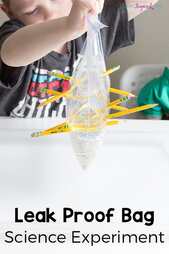
Fill a seal able plastic bag with water. Sharpen some pencils and poke them through the filled bag from one side to the other. You'll be amazed that it doesn't leak! The plastic bag is made of molecules that simple open up and seal around the pencil stopping any water from spilling out!
Fill a seal able plastic bag with water. Sharpen some pencils and poke them through the filled bag from one side to the other. You'll be amazed that it doesn't leak! The plastic bag is made of molecules that simple open up and seal around the pencil stopping any water from spilling out!
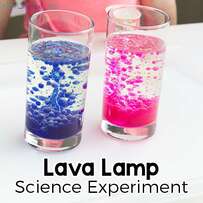
Fill a small glass 3/4 full with vegetable oil. Add coloured water (food colouring added to water) to the oil. Break up an Alka Seltzer (adult supervision required) and watch the lava lamp begin! The bubbles from the Alka seltzer attach to the coloured water and make them rise to the top.
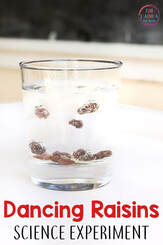
Fill a glass with lemonade or sparkling water and drop in some raisins. The bubbles from the liquid act like mini floats for the raisins and lift them up until they pop.
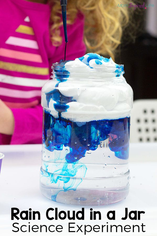
Fill a tall jar with water. Prepare some small cups of colour (food colouring mixed with water).
Spray a generous amount of shaving foam on top of the water then drop the coloured water onto it (a pipette works great but drops from a teaspoon will work too).
The coloured water acts as the rain in the cloud. As the 'rain' gets too heavy for the cloud it falls down.
Spray a generous amount of shaving foam on top of the water then drop the coloured water onto it (a pipette works great but drops from a teaspoon will work too).
The coloured water acts as the rain in the cloud. As the 'rain' gets too heavy for the cloud it falls down.
The fun learning for kids website has some brilliant science activities to try!
www.funlearningforkids.com
Wednesday 13th May 2020
Literacy - reading
Objective: children read and understand simple sentences.
I'd like us to work on understanding what we have read - reading for meaning.
Using the pages below from our story this week, answer the following questions.
Read the pages with a grown-up as some of the words are quiet tricky.
***All pages can be enlarged by clicking on them***
Using the pages below from our story this week, answer the following questions.
Read the pages with a grown-up as some of the words are quiet tricky.
***All pages can be enlarged by clicking on them***
Monday 11th May 2020
|
|
This week we shall be looking at the text Commotion in the Ocean as we explore sea creatures.
Listen to the story and try to find the rhyming words on each page - firstly by listening to the words and then by looking.
*Grown-ups if you could help children to recognise that the words at the end of the lines rhyme with each other.
Listen to the story and try to find the rhyming words on each page - firstly by listening to the words and then by looking.
*Grown-ups if you could help children to recognise that the words at the end of the lines rhyme with each other.
Monday 11th May 2020
Expressive Arts and Design
***WEEKLY CHALLENGE****
This task can be completed at any point throughout this week.
I'd like you to create an ocean!
You can use any materials and any format you like...electronically, in your bath tub, in a box, in a bottle! The choice is yours. Have a great time make your very own ocean! Use the pictures below to get some inspirations....loads more ideas online.
You can use any materials and any format you like...electronically, in your bath tub, in a box, in a bottle! The choice is yours. Have a great time make your very own ocean! Use the pictures below to get some inspirations....loads more ideas online.
Monday 11th May 2020
Literacy - writing
Objective: children continue a rhyming string.
Now have a go at writing some rhyming lists using some of the story words or ones that the children choose.
Use the ideas below to make the activity a little more creative if you wish. You could also hide words around the house pr garden for chn to collect and then sort into those that rhyme with each other.
Use the ideas below to make the activity a little more creative if you wish. You could also hide words around the house pr garden for chn to collect and then sort into those that rhyme with each other.
|
Step 1:
We would introduce the vocabulary of 'longer' and 'shorter' when looking at two items. We would talk about comparing one item to the other. |
Step 2:
We would then move onto finding things that are longer and shorter than an object. So we may use our hand or a toy and look for things longer and shorter than it. We would physically sort the items into two groups. |
Step 3:
We would then introduce units of measure. We would start with non-standard units such as cubes, footsteps, pasta pieces, paperclips etc. We would challenge the children to measure how long or tall an item was using their objects. E.g. How long is my shoe? Use the paper clips to find out. How tall is my chair? Use the cubes to find out. Etc. |
|
If we felt the children were understanding measures extremely well and were able to compare length and height and measure them with non-standard units...we would introduce the idea of using a ruler and tape measure. We would teach them where to start on the ruler/tape measure and how to work out how long the item is.
|
|
| ||||||||||||
Monday 11th May 2020
Phonics
This week I'd like children to practise reading their tricky words
(and spelling them too if they are secure with reading them) and reading words with phase 3 and 4 sounds in them.
Use the new phonics play website to play some of these games...
Monday 11th May 2020
Expressive Arts & Design
Objective: Children combine materials and create different textures.
Here are some fabulously crafty ideas for you to try to further enjoy out sea creature topic this week. Enjoy!
Please send me some photographs of your amazing creations on Tapestry.
Please send me some photographs of your amazing creations on Tapestry.
Friday 8th May 2020
HAPPY VE DAY!
Today I have set some activities around VE (Victory in Europe) Day.
Today we are celebrating 75 years since VE Day.
Have a look at some of the activities below to learn a little more about
this special day.
Use this power point from Twinkl to find out more about what VE day and why we celebrate it here in England each year.
| |||||||
This week's focus is Farm Animals
This week's text is What the Ladybird Heard
Wednesday 6th May 2020
Literacy - writing
Objective: children write simple sentences that can be read by themselves and others.
Personal, Social & Empotional Devlopment
Objective: children talk about how they and others feel.
|
Take a look at the examples in the document ----------------->
|
| ||||||
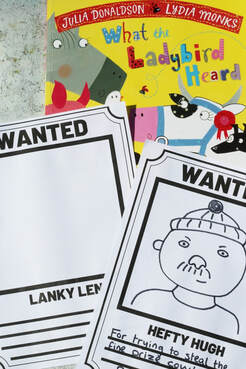
Writing option 2:
Create a 'Wanted' poster for Hefty Hugh and/or Lanky Len. You could write about why they are wanted and what they have done wrong.
Create a 'Wanted' poster for Hefty Hugh and/or Lanky Len. You could write about why they are wanted and what they have done wrong.
Writing challenge...
When completing this writing activity today I'd like you to have a go at doing it all on your own!
Grown-ups you can talk to them about what they want to write, you can ask them what they need to include in their sentence (capital letter to star, finger spaces after each word and a full stop to end) but then leave them to it. Allow them access to the Phase 2 and 4 sound mats we included in your home-learning pack (can also be found a little further down this page). If they've lost their flow and need help remembering what they wanted to write then you can help to remember it. It's the actual recording - writing and spelling - that we need to see they can do.
When they have finished ask them to read their sentence to you. talk about their successes (all the things they've done well) and give them some praise.
Repeat this process of they feel ready to do another character and thought bubble.
Once they've finished all of their independent writing today could you post a picture of it on to Tapestry for us to look at please? We are very busy gathering evidence to make our judgements on your child's progress and attainment and the more we have to look at the better - but it does need to be all their work.
Thank you so much for your support with this, we really appreciate your help.
When completing this writing activity today I'd like you to have a go at doing it all on your own!
Grown-ups you can talk to them about what they want to write, you can ask them what they need to include in their sentence (capital letter to star, finger spaces after each word and a full stop to end) but then leave them to it. Allow them access to the Phase 2 and 4 sound mats we included in your home-learning pack (can also be found a little further down this page). If they've lost their flow and need help remembering what they wanted to write then you can help to remember it. It's the actual recording - writing and spelling - that we need to see they can do.
When they have finished ask them to read their sentence to you. talk about their successes (all the things they've done well) and give them some praise.
Repeat this process of they feel ready to do another character and thought bubble.
Once they've finished all of their independent writing today could you post a picture of it on to Tapestry for us to look at please? We are very busy gathering evidence to make our judgements on your child's progress and attainment and the more we have to look at the better - but it does need to be all their work.
Thank you so much for your support with this, we really appreciate your help.
Wednesday 6th May 2020
Maths - shape, space and measures
Objective: children use language to describe position.
|
In the story the baddies use a map to create their cunning plan - that wasn't very successful in the end.
I wonder if you could create a map of the farm in the story using the pages in the book to help you. You could the animals and label them too. Or you could design your own farm and decide where each animal would be. Remember to include a home for the woolly sheep, the duck, the goose, the hairy hog, the fat red hen, the handsome horse, the dainty dog, the two cats, the fine prize cow and the ladybird |
Wednesday 6th May 2020
|
Use any practical equipment to solve these problems (cubes, pasta, cons, buttons, sweets, pebbles). Remember to check that all groups have the same amount in them.
Problem 1:
Share 14 apples between 2 baskets. How many are in each basket?
Problem 2:
Share 12 caterpillars between 3 leaves. How many are on each leaf?
Problem 3:
Share 10 sweets between 5 children. How many does each child get?
Problem 4:
Share 18 buttons into 2 groups. How mnay in each group?
Problem 1:
Share 14 apples between 2 baskets. How many are in each basket?
Problem 2:
Share 12 caterpillars between 3 leaves. How many are on each leaf?
Problem 3:
Share 10 sweets between 5 children. How many does each child get?
Problem 4:
Share 18 buttons into 2 groups. How mnay in each group?
Wednesday 6th May 2020
Physical Development
Objective: children show good control and coordination in a range of movements.
I would like you to show off how clever you are with movement and travel.
I have a list of tasks for you...
1. Can you hop on one foot? And then change feet?
2. Can you jump like a kangaroo (two feet to two feet)?
3. Can you balance? (on one foot? whilst travelling?)
4. Can you throw something towards a target? (a ball in a basket, a beanbag through a hoop)
5. Can you catch an object that is thrown to you? (with two hands? with one hand?!)
Have a go at all of these...if your grown-ups can get some photograhps of you doing them that would be great for your Tapestry learning journal.
Enjoy these energetic challenges, enjoy the sunshine...drink lots of water to keep hydrated!
I have a list of tasks for you...
1. Can you hop on one foot? And then change feet?
2. Can you jump like a kangaroo (two feet to two feet)?
3. Can you balance? (on one foot? whilst travelling?)
4. Can you throw something towards a target? (a ball in a basket, a beanbag through a hoop)
5. Can you catch an object that is thrown to you? (with two hands? with one hand?!)
Have a go at all of these...if your grown-ups can get some photograhps of you doing them that would be great for your Tapestry learning journal.
Enjoy these energetic challenges, enjoy the sunshine...drink lots of water to keep hydrated!
|
Watch the video clip of our weekly text being read aloud.
Grown-ups if you could turn the sound off and watch the video clip again then the children can play a word hunting game. You could give them one or two words from that page to find as quickly as possible. You could start with fairly easy, simple, small words to read and then challenge them throughout the book with longer words. They could become word detectives! |
|
Monday 4th May 2020
Maths - number
Objective: children solve problems including sharing.
|
This week we shall be learning how to solve sharing problems.
If we were doing this at school we would be using lots of practical materials such a cubes, counters, pasta, small toys, sweets and pencils. To tie in with this week's story we would also use a ladybird picture to help us share equally into two group. Problem 1: Me and my sister have a bag of 8 sweets. We need to share them equally between us. How many will we each get? Problem 2: Sam and Tom did 10 jumps altogether. They did the same number of jumps each. How many jumps did they each do? Problem 3: Grandma gave me and Dad £12 to share equally between us. How much do we each get? |
***Important rule when sharing:
all groups should be equal (have the same amount)***
all groups should be equal (have the same amount)***
|
|
Have a go at this listening game to see if you can identify some of the animal sounds. How many did you guess correctly? There were some tricky ones! You could have a go at playing this with your family...can they guess the animal when you make its sound? |
|
I recommended a game a few weeks back called Kim's Game where you have a tray of objects to look at an then you secretly remove one item and the children have to guess which item was removed. I've taken some photographs using my farm animals for you to have a go at this game and to encourage the children to use animal names. You could also get them to tell you the sound of the animal that has been removed! |
Now have a go at drawing labelling each animal.
Challenge: could you also draw and label each animal's baby?
Challenge: could you also draw and label each animal's baby?
Monday 4th May 2020
UTW - The World
Objective: children look closely at similarities and differences.
Have a look at my photograph below. There aren't just farm animals here, some zoo animals have crept into my picture!
Can you sort the animals into two groups? A group of farm animals and a group of zoo animals?
Can you think of any other groups of animals? (nocturnal animals, sea animals, animals that fly, animals from the arctic etc).
Have a go at drawing different groups of animals and label each group.
Can you sort the animals into two groups? A group of farm animals and a group of zoo animals?
Can you think of any other groups of animals? (nocturnal animals, sea animals, animals that fly, animals from the arctic etc).
Have a go at drawing different groups of animals and label each group.
Monday 4th May 2020
Phonics
Objective: children to recognise and read phase 2 and 3 graphemes.
|
This is a great way for your children to keep up the visual recognition of the graphemes and tricky words they have learnt so far.
The example in the photograph uses beans but you could use pasta, pebbles, home-made counters or anything similar that you can write on. Using the sound mat as a guide, simply write on each item a different grapheme or tricky word and put them all into a tub. The children then need to sort the objects into the cake tin (or just onto grapheme cards on the floor). You could make this game harder by writing words on the objects for them to sort by the graphemes the words contain (e.g. you could write coin on the pebble and they have to place it on the card with oi on it). To further challenge your child you could time them! They then need to beat their time each time they play the game. |
Use these sound and word mats to help you set up the sorting game. Click on each picture to enlarge it.
Monday 4th May 2020
EAD - Exploring and using media and materials.
Objectives - children manipulate materials, construct with a purpose in mind, use simple tools and techniques and select appropriate resources.
Here are a few crafty activities you might like to try that are linked to our story this week.
